Life Saves the Planet
The Bio4Climate Blog
“Life Saves the Planet” is more than just a blog—it’s our philosophy and a partnership with GBH public television’s Lowell Lecture Series. In the search for answers to climate change, we look to the interconnected living systems that sustain our planet. These biodiverse systems shape our atmosphere, regulate temperature, and maintain balance in weather patterns. Inspired by the words of Janine Benyus, who proclaimed that “life creates the conditions of life,” we gather cutting-edge research, ideas, and resources to guide the way.
Join our mailing list for updates and be part of the inspiring journey to protect and preserve our world.
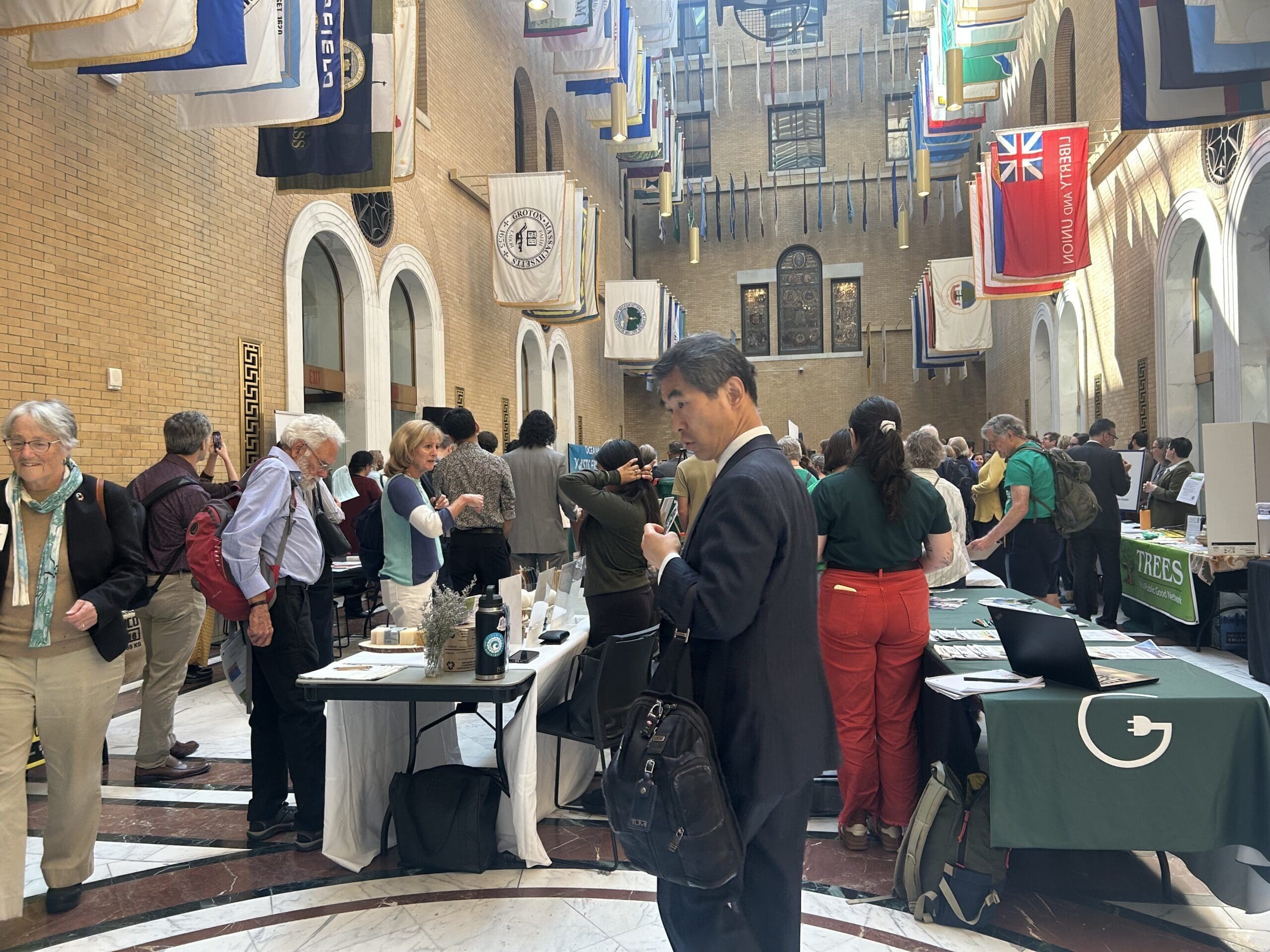
Inaugural Sustainability Day at Massachusetts State House
On September 9, 2025, Bio4Climate participated in the first-ever Massachusetts Sustainability Day at the State House in Boston, which drew over 350 participants including legislators, organizations, and members of the public. With nearly 40 exhibitors, a municipal climate leadership panel, and a keynote by Climate Chief Melissa Hoffer, the event showcased practical solutions and bold leadership for a sustainable future. Bio4Climate highlighted its mission of placing biodiversity and ecosystem restoration at the heart of climate action, reminding participants that healthy ecosystems are essential climate infrastructure.

Biodiversity as Climate Infrastructure: Micrometeorology, Fluxes, and the Living Earth
In Biodiversity as Climate Infrastructure, Poulomi Chakravarty explores micrometeorology—the science of small-scale exchanges of heat, water, and gases between land, plants, and air. It
shows how forests, wetlands, and even animals influence evaporation, rainfall, and temperature through hidden processes that quietly stabilize our climate. The article opens a window into this overlooked science, inviting us to see biodiversity not just as life on Earth, but as the machinery that regulates the atmosphere itself.
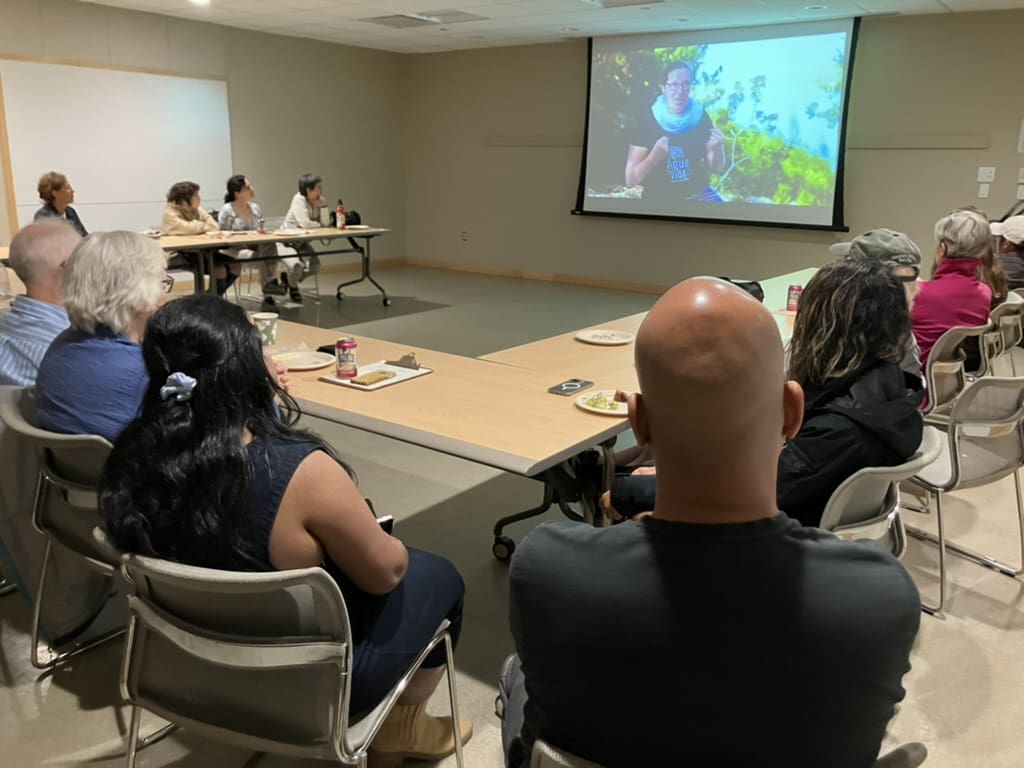
Reflecting on Water is Love: A Community Movie Night at Cambridge
In September, Poulomi Chakravarty reflected on Water Is Love during Bio4Climate’s community screening in Cambridge. More than just a film showing, the event became a space for connection, learning, and inspiration—where neighbors shared food, ideas, and stories about restoring water cycles. The screening highlighted how decentralized, community-led action can turn water into a source of resilience and hope, underscoring the role of gatherings like these in building a livable climate.

Perspective: Heat Policy Briefing
In June, Bio4Climate Science Communications Intern Adrianna Drindak attended a congressional briefing in Washington, D.C., by The Environmental and Energy Study Institute (EESI) and the Federation of American Scientists about how federal policies can bolster resilience to extreme heat at the state and community level, centered on the Federation of American Scientists’ 2025 Heat Policy Agenda.

The Critical Connection
This spring, Bio4Climate is sharing select excerpts from the late Jan Lambert’s book, Water, Land and Climate, The Critical Connection: How We Can Rehydrate Landscapes Locally To Renew Climates Globally. First published by The Valley Green Journal in 2015, Water, Land, and Climate introduces the transformative ideas of the New Water Paradigm—showing how retaining, rather than draining, rainwater can restore local water cycles, renew ecosystems, and even help stabilize the global climate.

A National Park in Your Own Backyard?
Bio4Climate partnered with a coalition of climate and native plant organizations to bring Doug Tallamy to Northern Virginia for an in-person talk and book signing.

AN ECONOMICS OF LOVE
In early 2024, I offered an online 12-week course called “An Economics of Love” under the auspices of Biodiversity for a Livable Climate. Initially, I feared that people would encounter “An Economics of Love” as some sort of ‘hipster-flipster’ indulgence of flaky ideas, although those who enrolled showed no signs of any such dismissal, which was a relief for me.
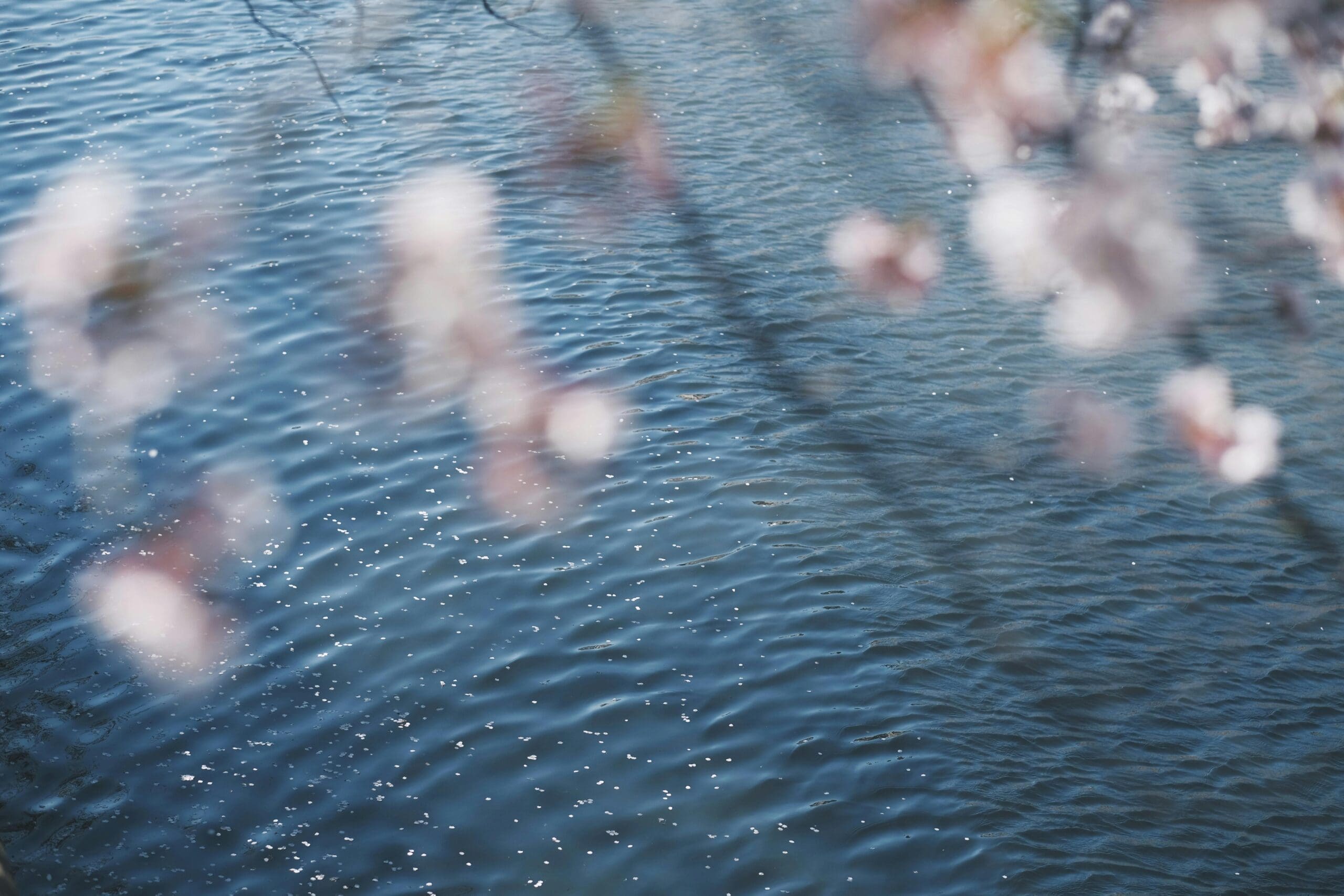
Cows, Salmon, and Mottainai
About 15 years ago my friend Dr. Kyoko Nakayama taught me the Japanese word “mottainai.” Since then, I’ve been trying to wrap my small brain around what mottainai truly means. Every time I think I understand mottainai, the concept grows, and my brain stretches.

Cambridge Moth Ball 2024
On July 24, Bio4Climate and other host organizations participated in the Cambridge Moth Ball at Kingsley Park, Fresh Pond Reservation, for National Moth Week. Around 200 attendees of all ages engaged in community science, moth collecting, data collection, photography, and children’s activities. Bio4Climate partnered with Julie Croston from Cambridge Wildlife Arts to run the art table. Children gathered…
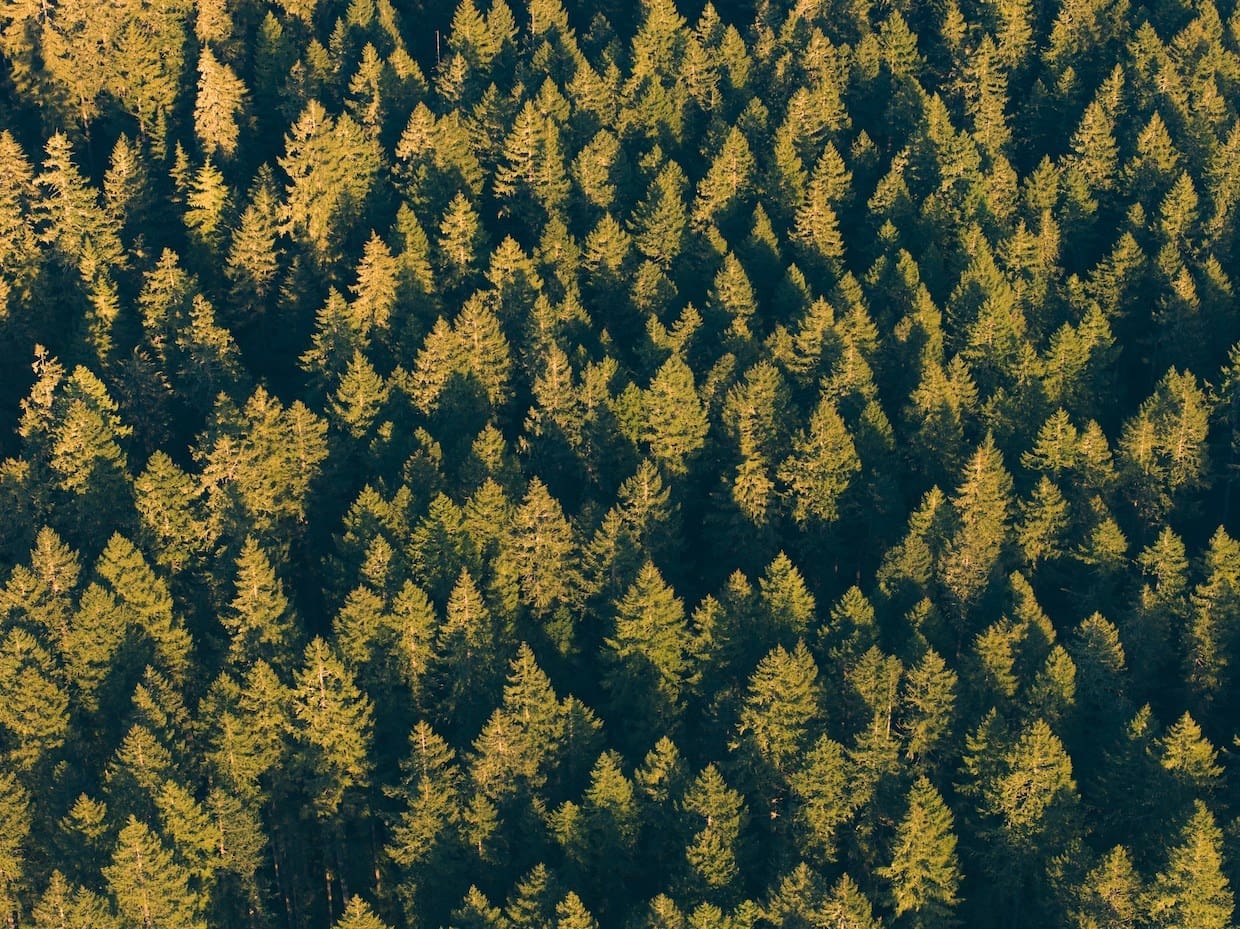
Just released: “Cooling Climate Chaos: A Proposal to Cool the Planet within Twenty Years.”
This newly published book by Peter Bunyard and Rob de Laet approaches the climate crisis and its solutions from a completely different angle. “To address the climate crisis, now demonstrably causing havoc with life-killing extreme events,” the authors write, “we must not only transform our economic and societal models towards sustainability and resilience, we must have a more…

Kick off your Summer 2024 Reading List
How can we find cool insights as we dive into a summer of heatwaves and weather extremes? It hasn’t always been this way. Many of us remember carefree summers with morning dew on the grass or a breeze by the beach or river. Everyone knows it’s cooler by the water! Nations and communities have favorite songs, music, and…
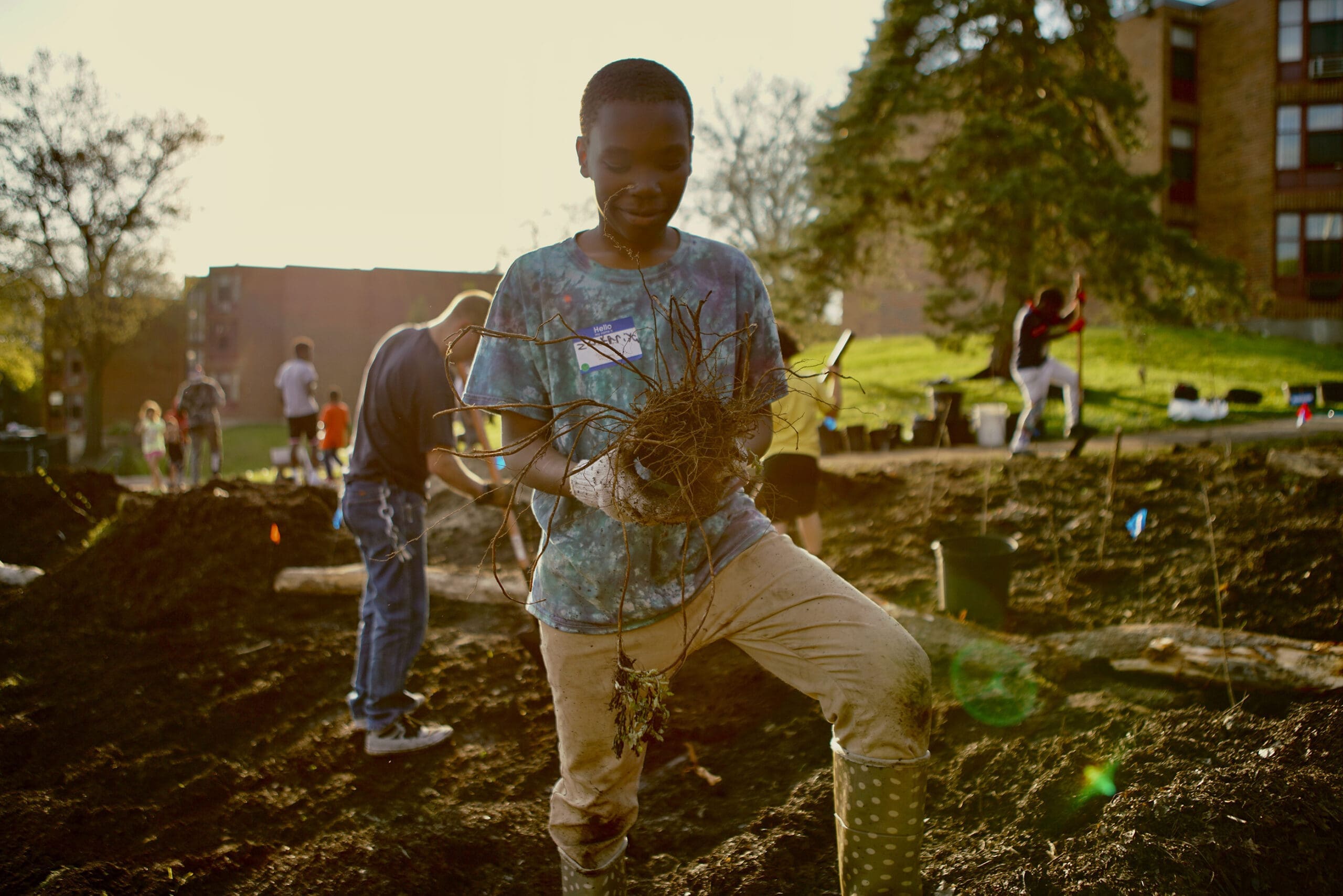
From Parking Lot & Lawn to Miyawaki Forests: Transforming Worcester, MA
A transformation is underway in Worcester, MA. In this mid-sized city in Central Massachusetts long known for its industrial activity, city leadership has undertaken ambitious initiatives to address some of their climate resilience goals using the Miyawaki method. Together, Bio4Climate, BSC Group, and the City of Worcester planned and created two Miyawaki Forests in the heart of downtown…
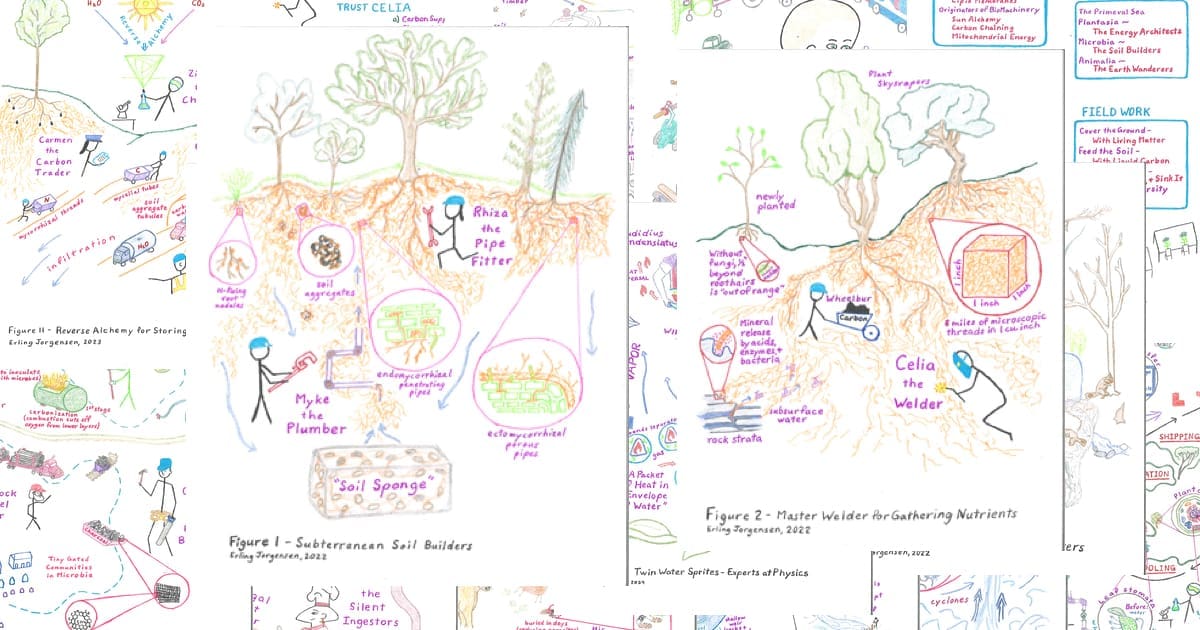
Journey of an Apprentice
Introduction by Jim Laurie Erling Jorgensen was a student in my “Systems Thinking and Scenario Building” course (Biodiversity 6) in the summer of 2022. He is determined to learn how life processes work and develop a scenario of restoring these processes. His goal is also to create a story that young people and adults with little training in…
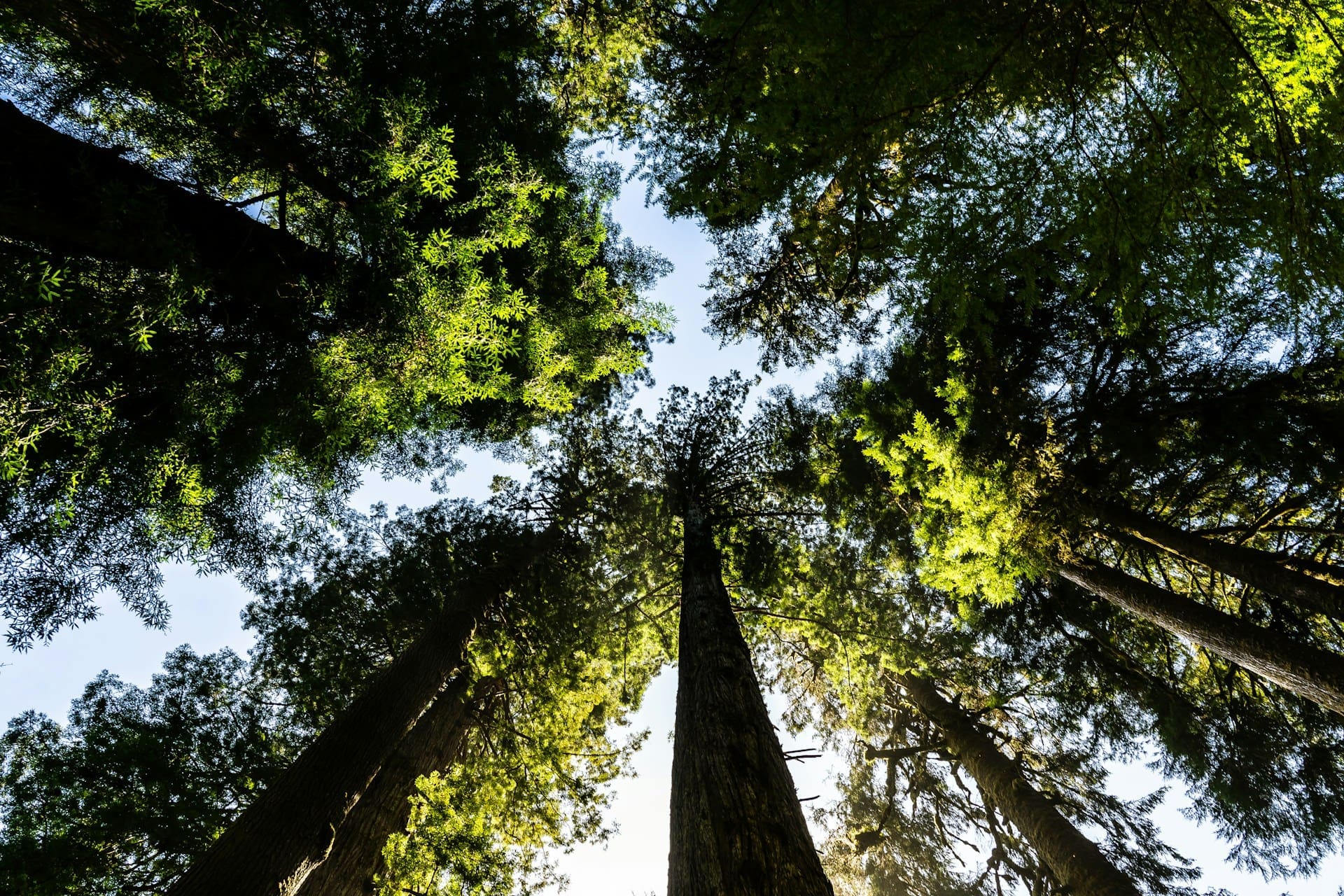
Signing on to Protect Forests
We, the undersigned organizations, are writing with the hopes of establishing a dialogue regarding the October 17, 2023 joint comment letter sent to Congress by the Outdoor Industry Association, Outdoor Alliance, and The Conservation Alliance concerning the Farm Bill.
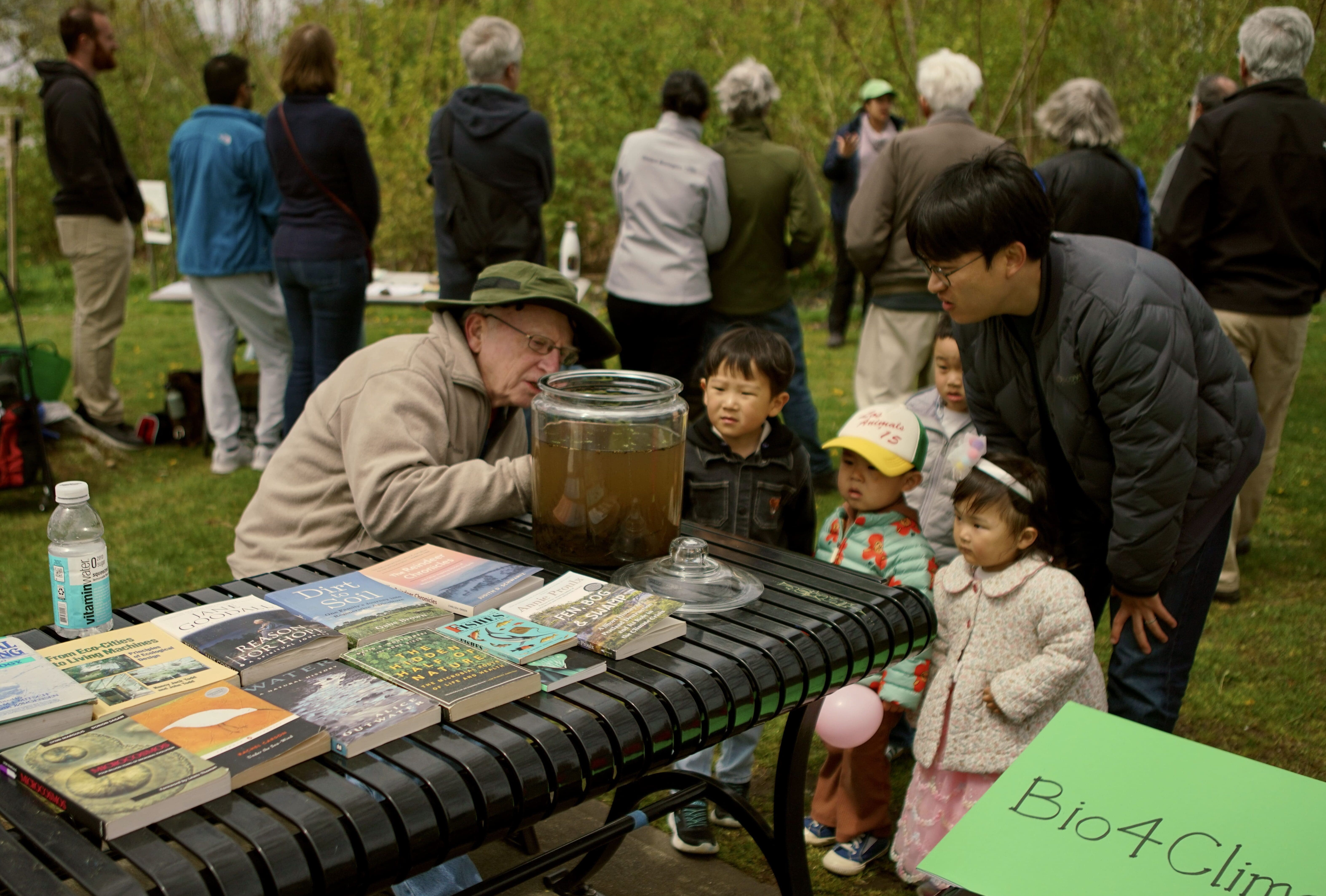
Biodiversity Day: A Community Celebration
By Paul Barringer and Jean Devine of Native Plant Community Gardeners Our first Biodiversity Day festival was a success! On Saturday, May 4th, over 120 visitors came to Danehy Park, Cambridge, to join birding tours, Miyawaki Forest tours, learn about pollinator gardens, native plants, and ecosystem restoration from ten local environmental organizations who joined us for the day.…

Cool Forests for a Hot World
We affirm the need to restore the five billion hectares of degraded land worldwide but we have also found a way to bring the power of eco restoration home.
Home to our own communities;
Home to those most in need of a healing shot of nature;
By planting tiny forests in urban areas, using the Miyawaki method.
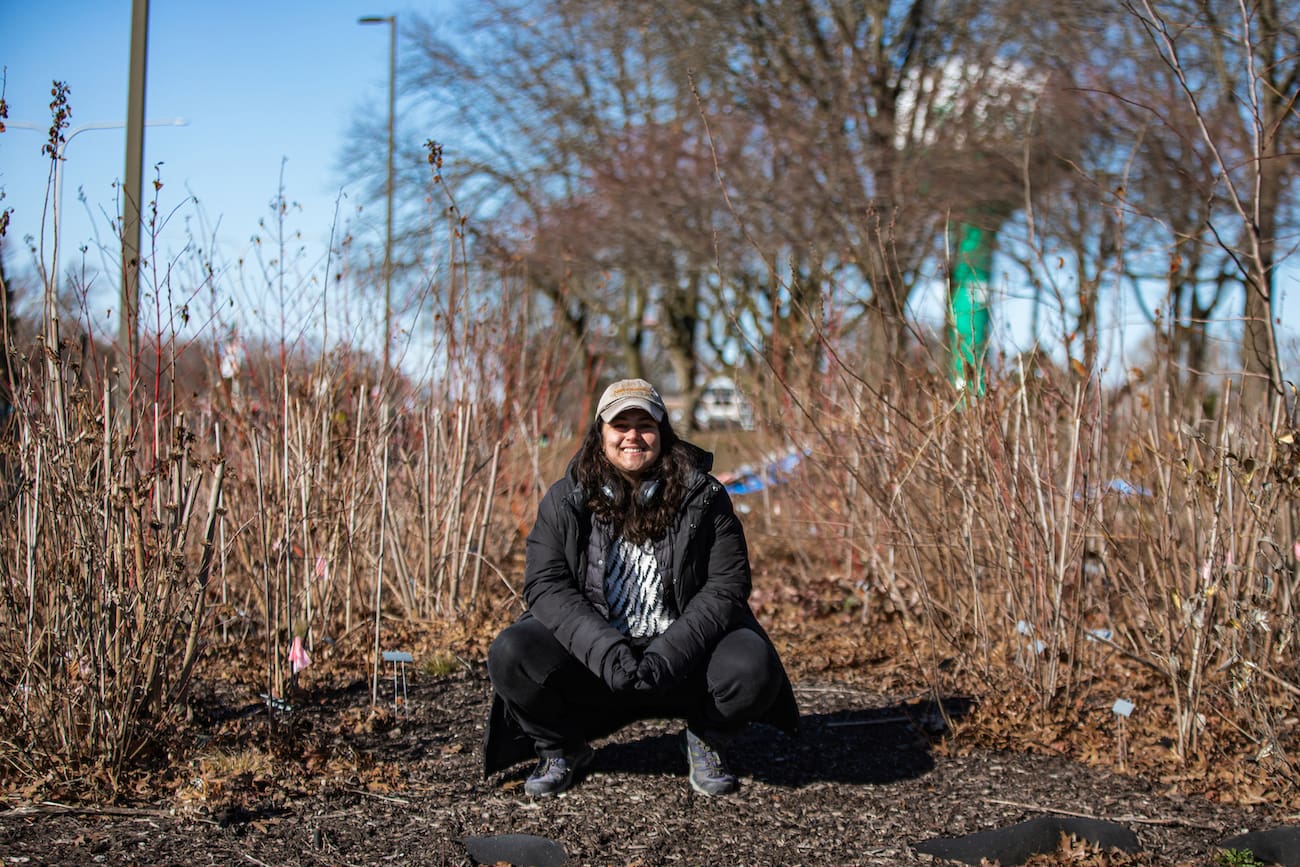
Rewilding the Windy City
I’ve loved Chicago from the first day I set foot there, and I’ve missed the Windy City since I left after college in 2018. When I had a chance to visit two weeks ago, I made it a point to try to understand Chicago’s ecosystems better, and check in on the many ways communities across the city are…
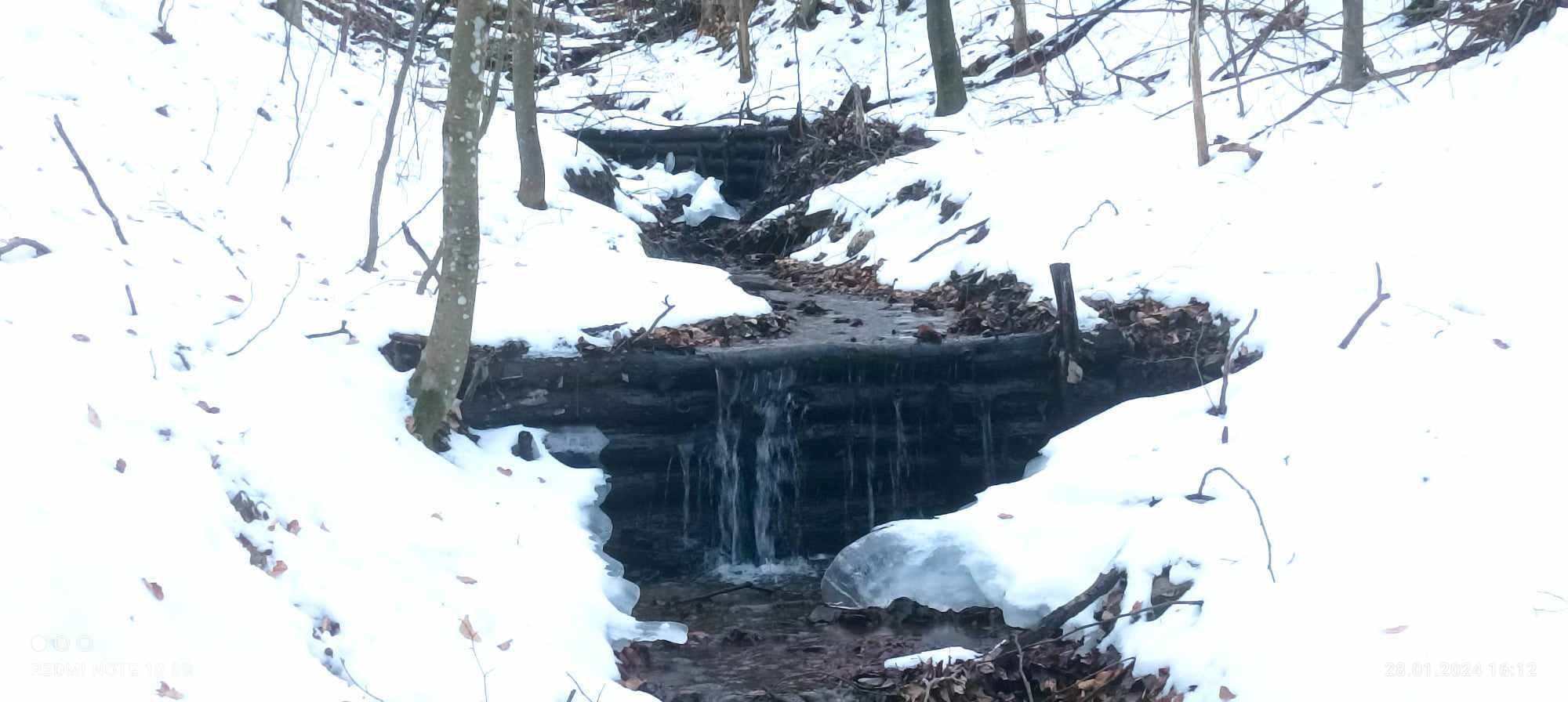
Slow Water Romance
As Valentine’s Day approaches, we invite you to experience a romantic journey in a winter wonderland. As the temperatures rise in February or earlier in our warming world, the snow melts, and we realize that the water cycle is a precious gift from the sun to all living creatures on Earth. Without the sun’s energy, the ocean, and…
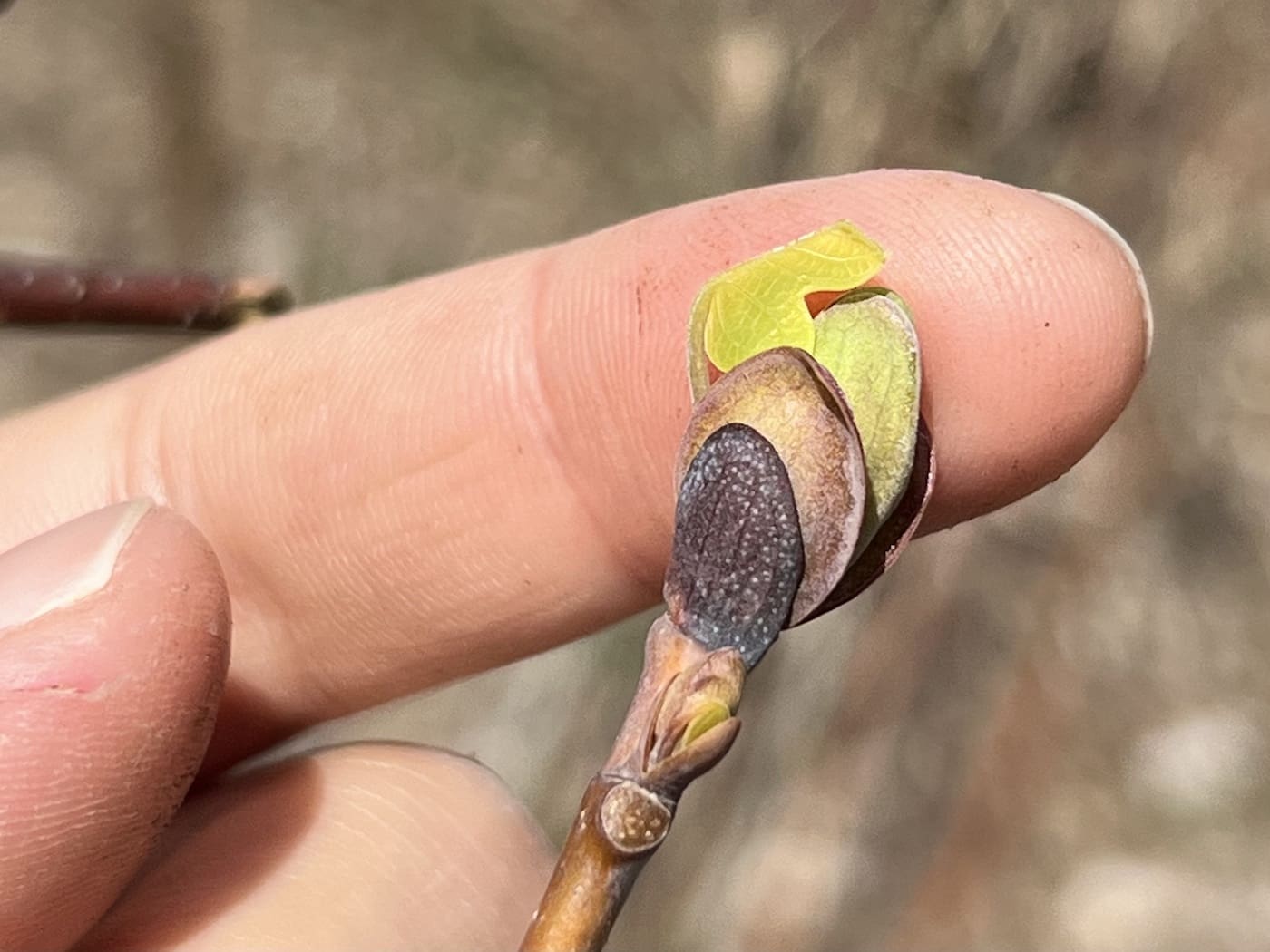
2023 in the Forest
As the year rounds out, it is time to reflect on the changes and growth we’ve seen in 2023. Nothing gives me quite as much pride, amazement, and faith in the power of change than our young Miyawaki forests. I was honored to share our work with the public in this short feature from the Christian Science Monitor,…

Halley’s Comet and Scenario 300
Halley’s Comet last hurtled around the Sun in 1986 and is expected to return in July of 2061. What will the Earth be like when the Comet returns? What kind of world do we want to greet it?
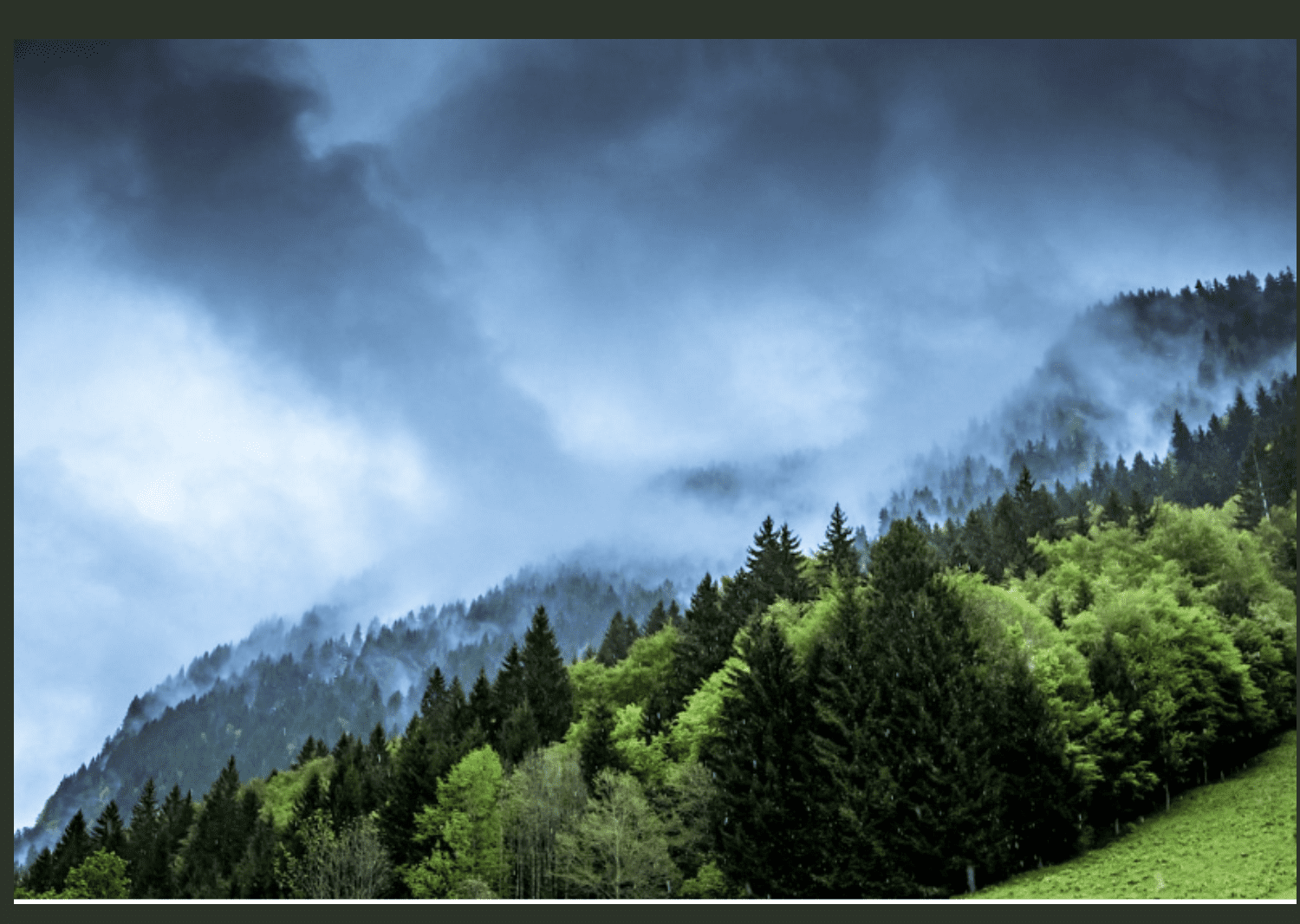
Intact ecosystems stabilize climate.
The more we disturb intact ecosystems, the less stable the climate that we have. Do we have systematic evidence-based resources to prove how natural ecosystems stabilize climate? Yes, we do! It would be helpful for science communicators and policymakers to have a resource with systematized evidence. For example:Primary forests have higher resilience against droughts than secondary forests.Native vegetation…
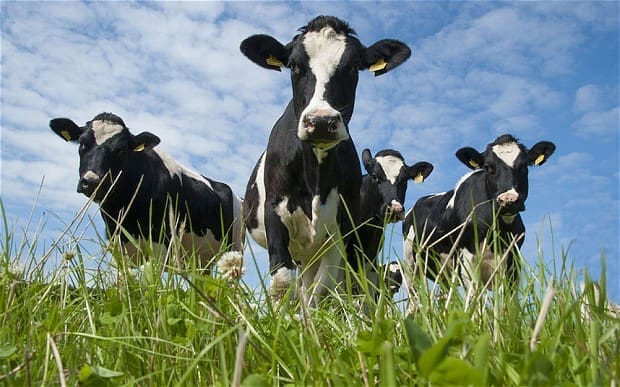
Regenerative Grazing: A Compelling Climate Strategy
Most of what you hear climate activists talk about when it comes to beef or cows is methane. Methane is a greenhouse gas and cows emit methane as part of their digestion process. What you don’t hear is that this is primarily a problem of the commercial cattle industry and that nature has an ingenious way of balancing this methane production. Learn about this natural system and how cattle can be managed as part of eco-restoration and climate mitigation.
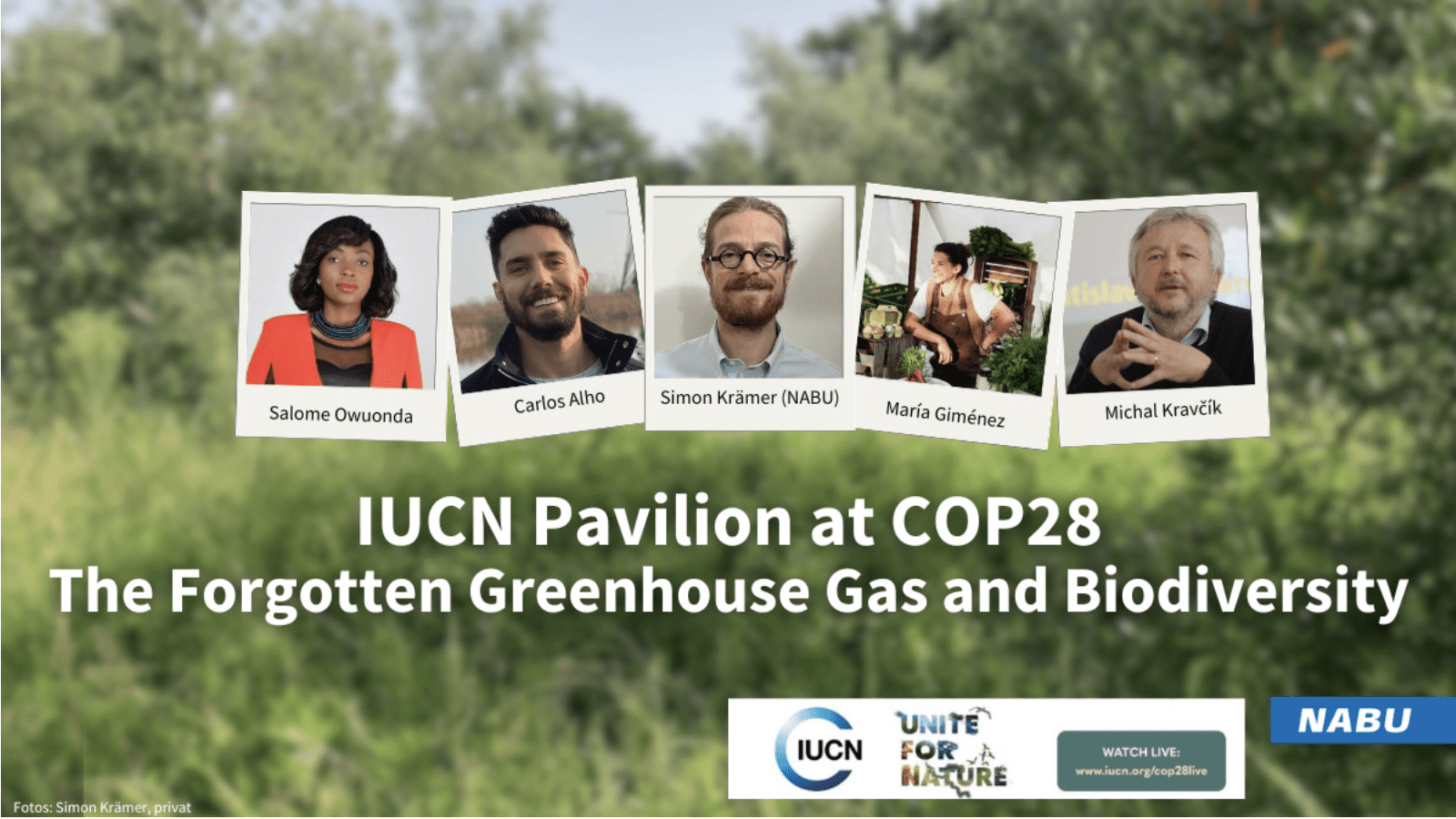
Water Holistic @ COP28 in Dubai
While most people are focused on the irony of COP28 being hosted by the fossil fuel industry, we will be focusing on the work being done on biodiversity, eco-restoration and water cycles.

Regenerating Life Film Premiere – Panel Discussion
We are excited to share with you the panel discussion from the Boston Premiere of the film Regenerating Life! It was such a full day with three parts to the film, interesting exhibitors, and reconnecting with friends, that it was difficult to take it all in at once. You can share some of that excitement from our great panel…
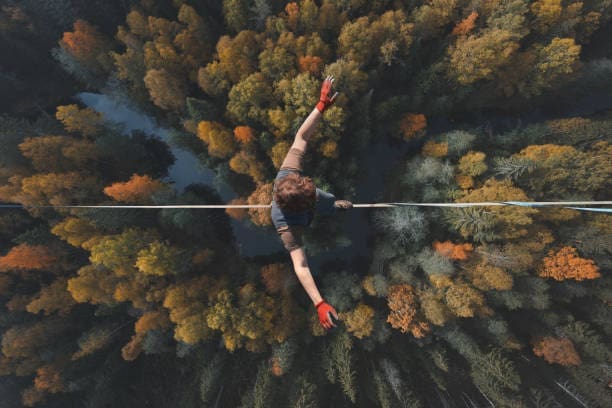
Aligning natural and human laws for global wellbeing: Legislative Action
Dr. Makarieva explains why protecting existing forests is one of the most important things we can do to stabilize the climate. Pending legislation in MA (USA) serves as a model for policy protections needed around the world. Learn more about taking action here, and find out more at Save Mass Forests. Our climate system is incredibly complex. Much of…
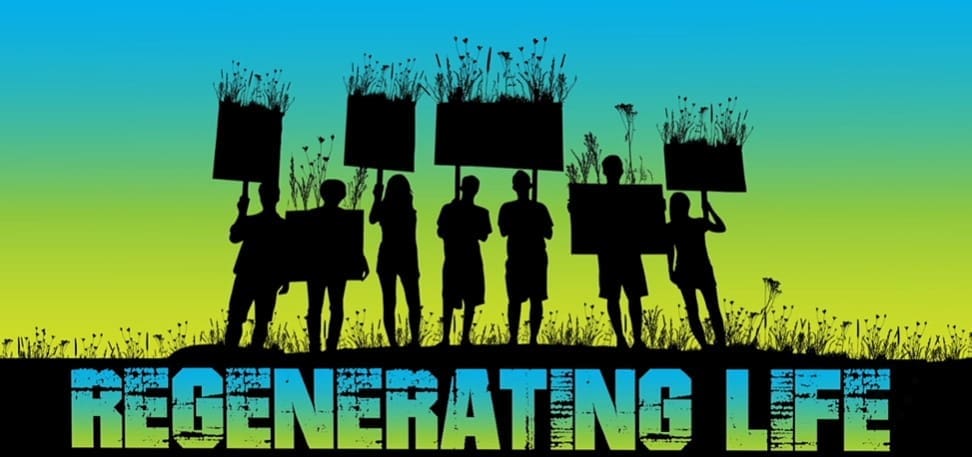
What a Great Day at Tufts: Regenerating Life Together
Our Boston Premiere of Regenerating Life at Tufts University was a tremendous success! It was exciting to see about 100 people come together to experience how John Feldman wove the many threads of the importance of nature to climate stability together in film. Conversation was lively during the lunch break, as people talked with exhibitors from local organizations…
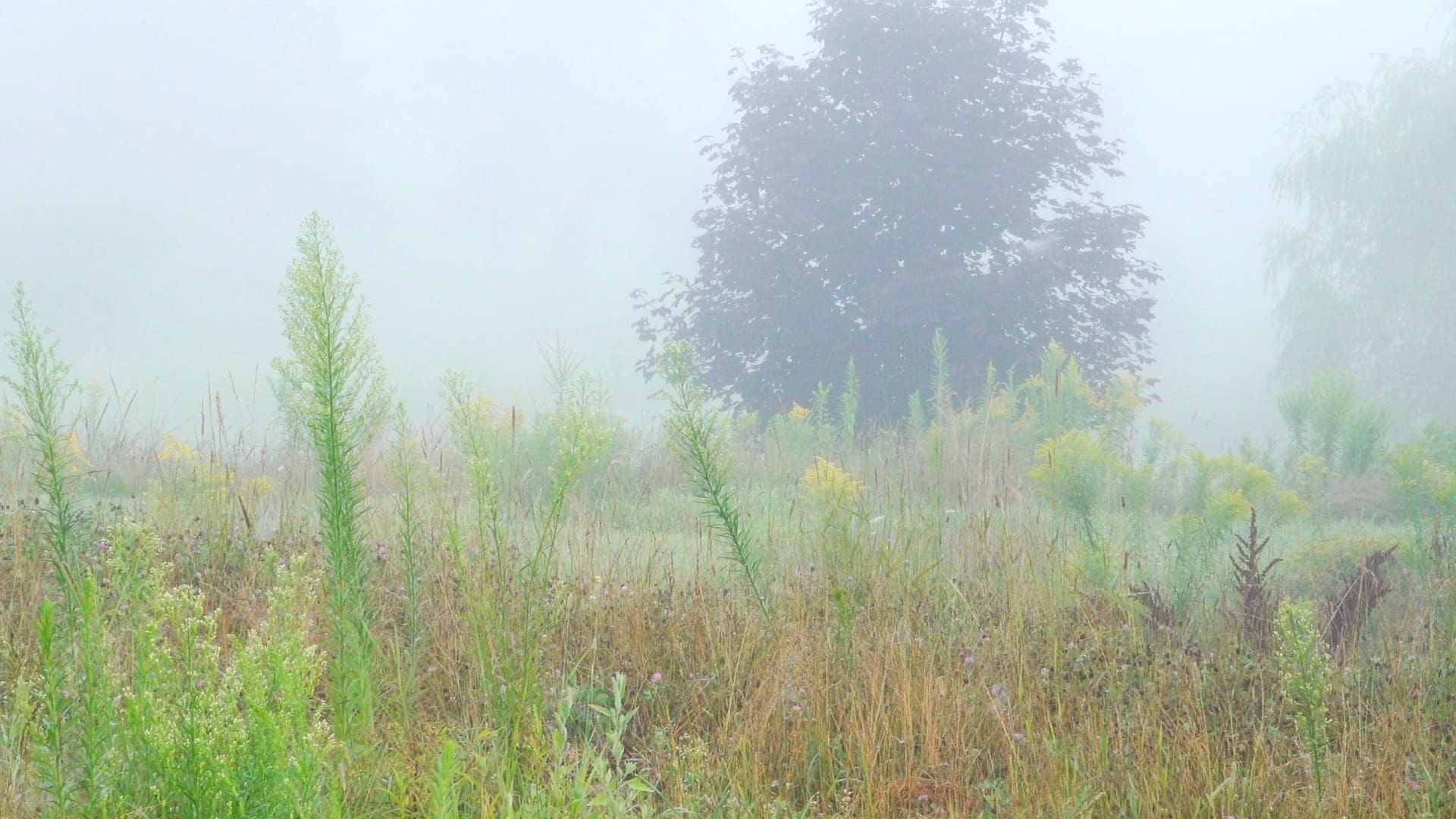
A Film that Affirms the Power of Life to Heal Our Planet
To a climate conversation long dominated by computer models and technological jargon, Regenerating Life: How to Cool the Planet, Feed the World and Live Happily Ever After brings some badly needed rain, along with dung beetles, sweating trees, fungal mycelia, cloud-making forests, beavers, worms, soil microbes, cow patties and whales. As more and more people are learning, there’s…

Art for Nature
The first memories of my childhood that I can recall is that of me sitting on my bed with a blank sheet of paper and a box of crayons, making lines and circles and shapes of all kinds as the warm sunlight flooded in through the windows of the apartment. Painting was something I was always attracted to.…
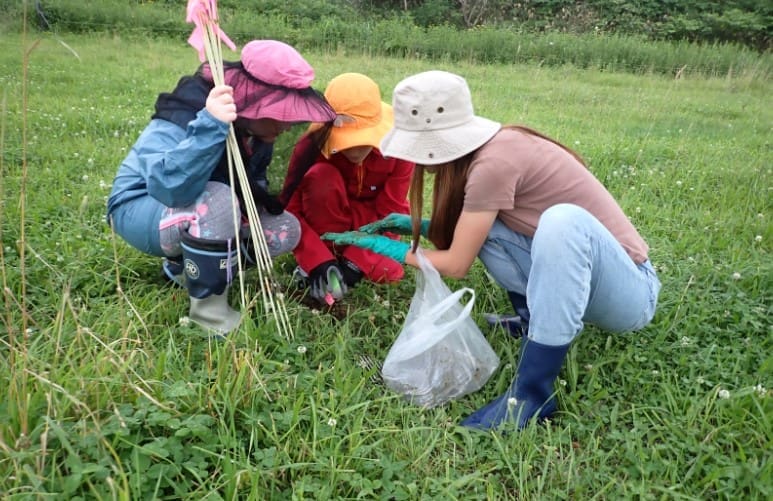
Biodiversity Field Day at Gladney Farm
Bio4Climate friends Tim Jones and Chie Morizuka manage a regenerative farm called Gladney Farm in Hokkaido, Japan. As the name suggests, there’s a lot to be glad about on the newly restored land! Tim and Chie share the love by hosting groups eager to learn from the farm animals and plants. Students of all ages visit the farm…
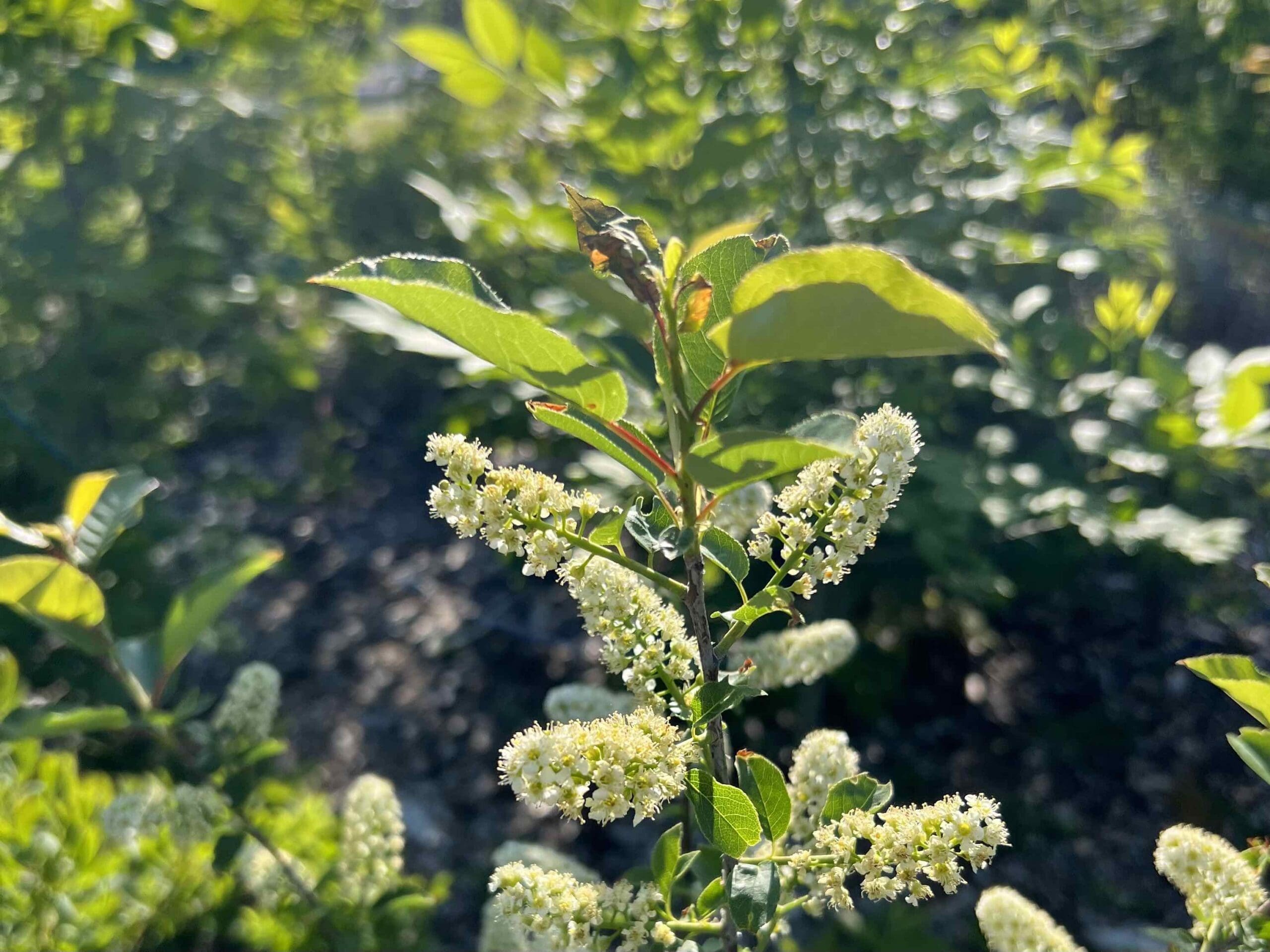
What are these tiny forests’ big benefits anyway?
What a thrilling week it has been! Since last Thursday’s New York Times article Tiny Forests with Big Benefits, my teammates and I at Bio4Climate have been buzzing with excitement at the recognition our forests and this type of restoration is getting. We are so thrilled by the enthusiasm of people’s responses, from interest in implementing native plantings…
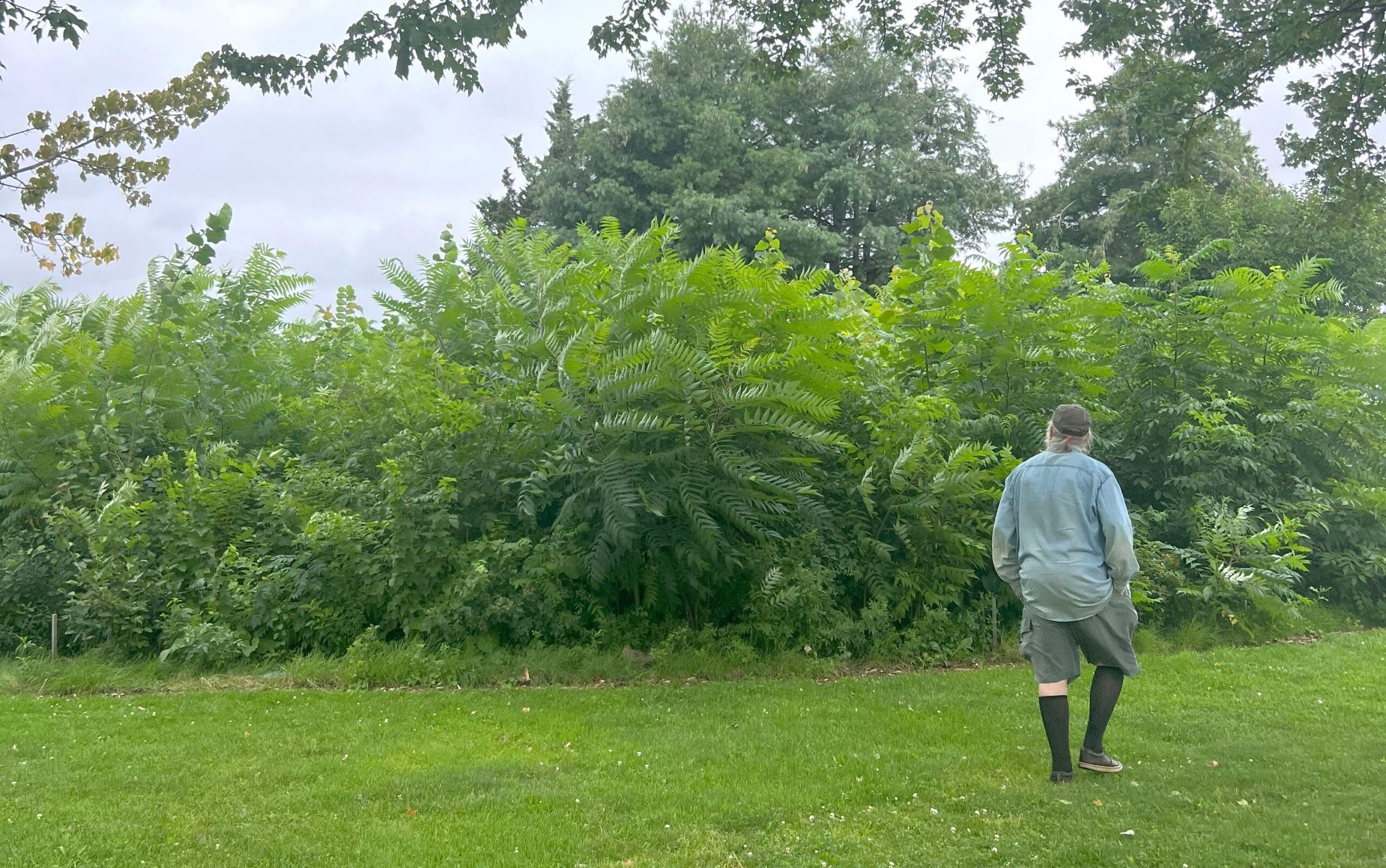
Our First Miyawaki Forest Turns Two
Our community grows alongside our first Miyawaki forest! In September of 2021, we planted our first Miyawaki forest – the first in the Northeastern U.S. – in Cambridge, Massachusetts. As the forest turns two, and demonstrates signs of resilient, abundant growth, the Bio4Climate team gathered with local forest enthusiasts to reflect and celebrate the ecosystem restoration happening in…
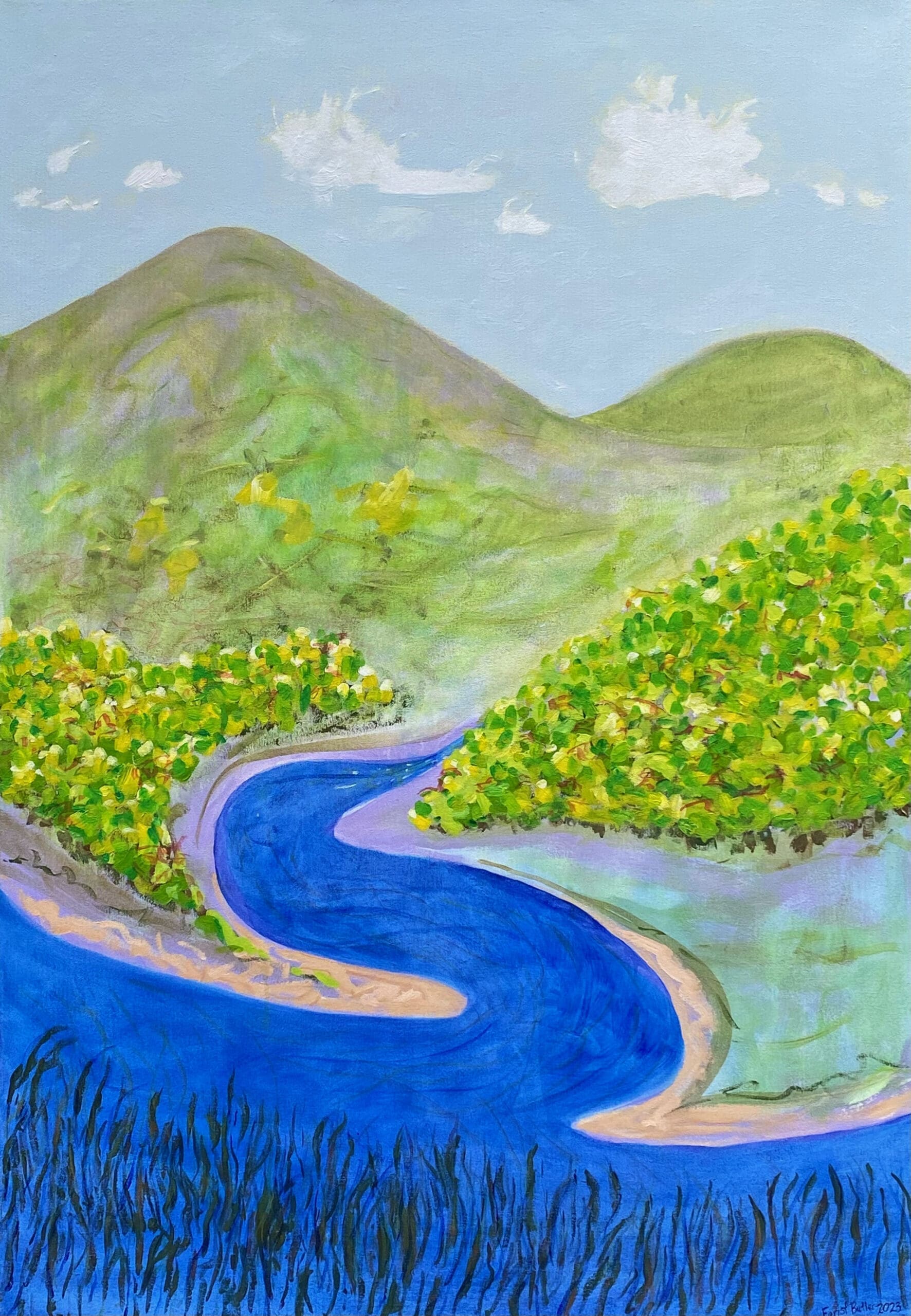
Gaia Songs: Seeking Equilibrium
Here are the writings and paintings that made up my exhibit, “Gaia Songs: Seeking Equilibrium.” The exhibit included my essay, “Earth is a Person” and my article “Building Climate Stability” and six paintings with Artist’s Statements. The Artist Statements include two paragraphs for each painting about how they relate to the conference “The Uses and Abuses of Power…

Earth is a Person
Nathan Phillips remarked to me that trees were like lungs. I thought, it’s far more than that… In the Surgical Oncology Unit, the cancer ward, you can’t always save people. Sometimes all you can do is keep them comfortable, be there with them, then care for their families as they go. You see the many ways that each…
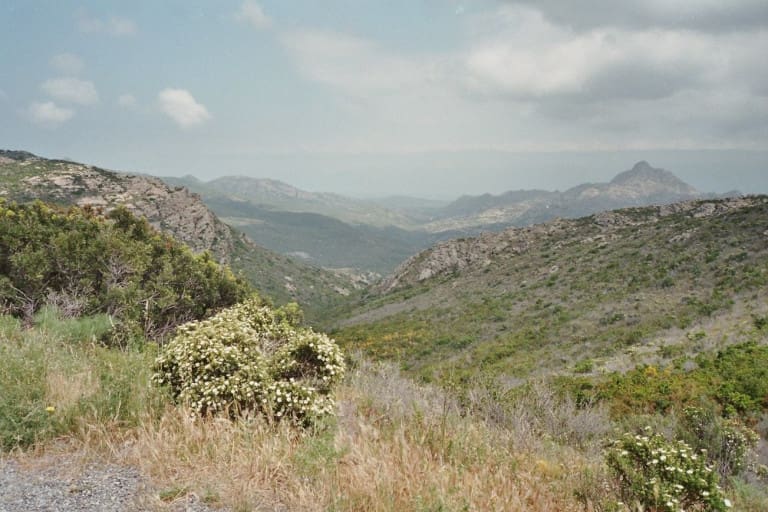
Millan Millan and the Mystery of the Missing Mediterranean Storms
I’d like to introduce this piece with a scenario. Suppose someone pointed out that you’d been looking at the climate through a pair of glasses with only one lens? Lifting them off your nose, they then provide you a new pair of glasses with two lenses. Suddenly, parts of the climate you couldn’t see before appear. In addition…
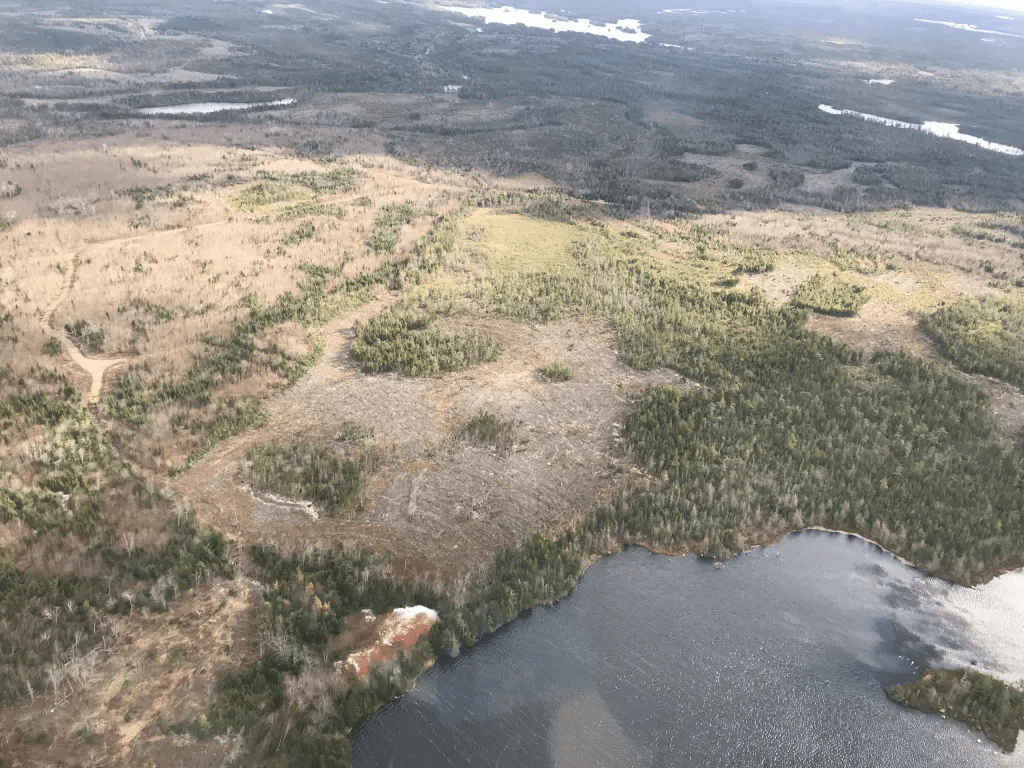
The NS wildfires are not ‘natural’ disasters: climate change, forest management, and human folly are all to blame
Four forestry specialists offer their views on how to reduce the wildfire risks. The Wildfire story that no one is talking about. The media is full of stories about the causes and cures for the massive forest fires raging around the world. Those fires have finally hit close to the Bio4Climate home in New England as the smoke…
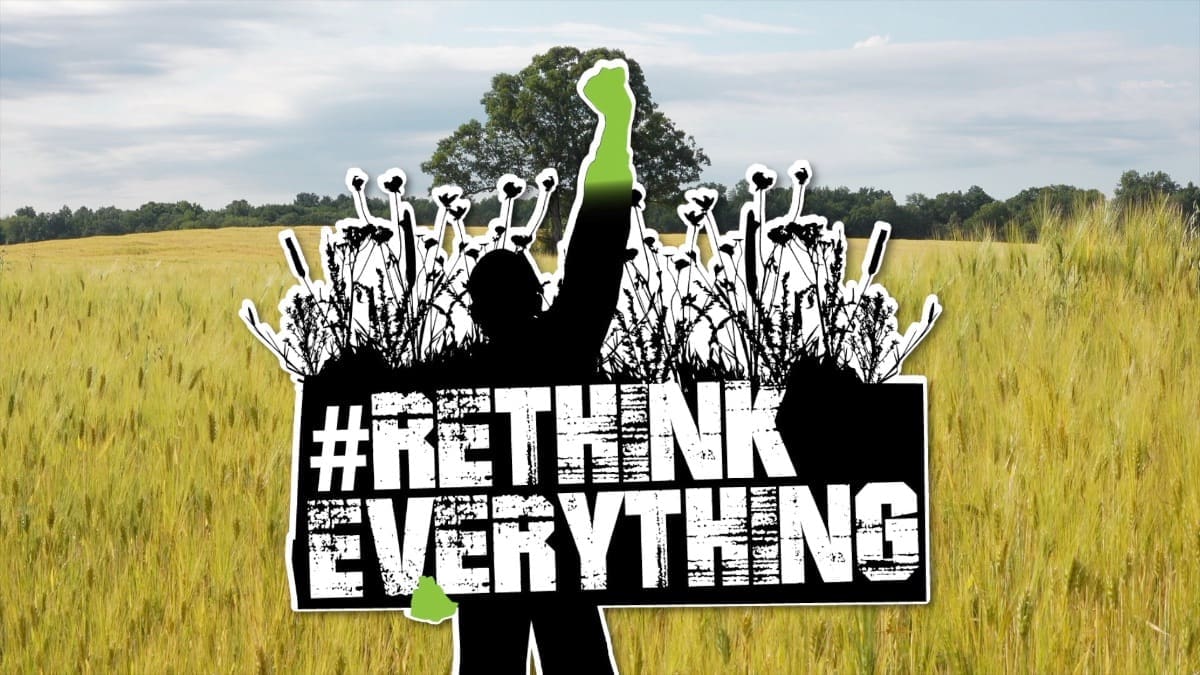
What Drives the Greenhouse Effect
One of the profound ways Australian Climatologist Walter Jehne influenced my thinking was in helping me see the other side of the greenhouse effect. We always think about the “insulating” gases, and not about the source of the heat. And that’s bare land… This introduces the first of my RegenLife Minutes: From the new documentary Regenerating Life, this 1 minute video…

Regenerating Life: Support the Film, Support the Movement!
John Feldman brings the voices of Bio4Climate together in his new film – Regenerating Life. When you donate to this campaign, part of your donation goes to support our work (as long as you fill in the box on the donation page with our name). And you get to see this groundbreaking film before the rest of the…
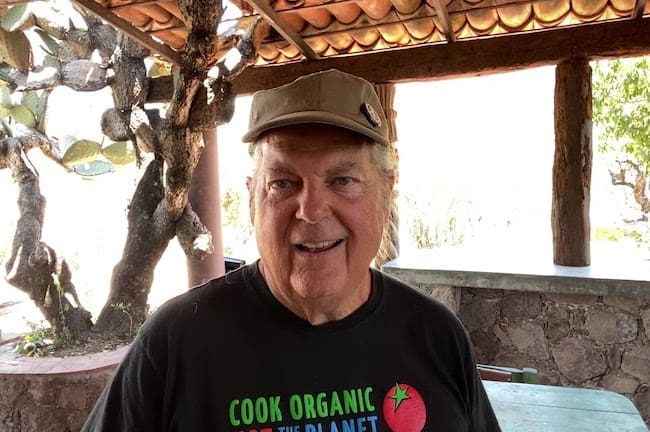
In Memoriam: Ronnie Cummins
Dearest Friends, I was surprised and saddened to learn of the passing of Ronnie Cummins on April 26, 2023. As Executive Director of Bio4Climate and as a friend, I wanted to add a few of my experiences with Ronnie. I met Ronnie at our first conference in 2014, where he gave a rousing talk entitled “Climate and Regenerative Organic…
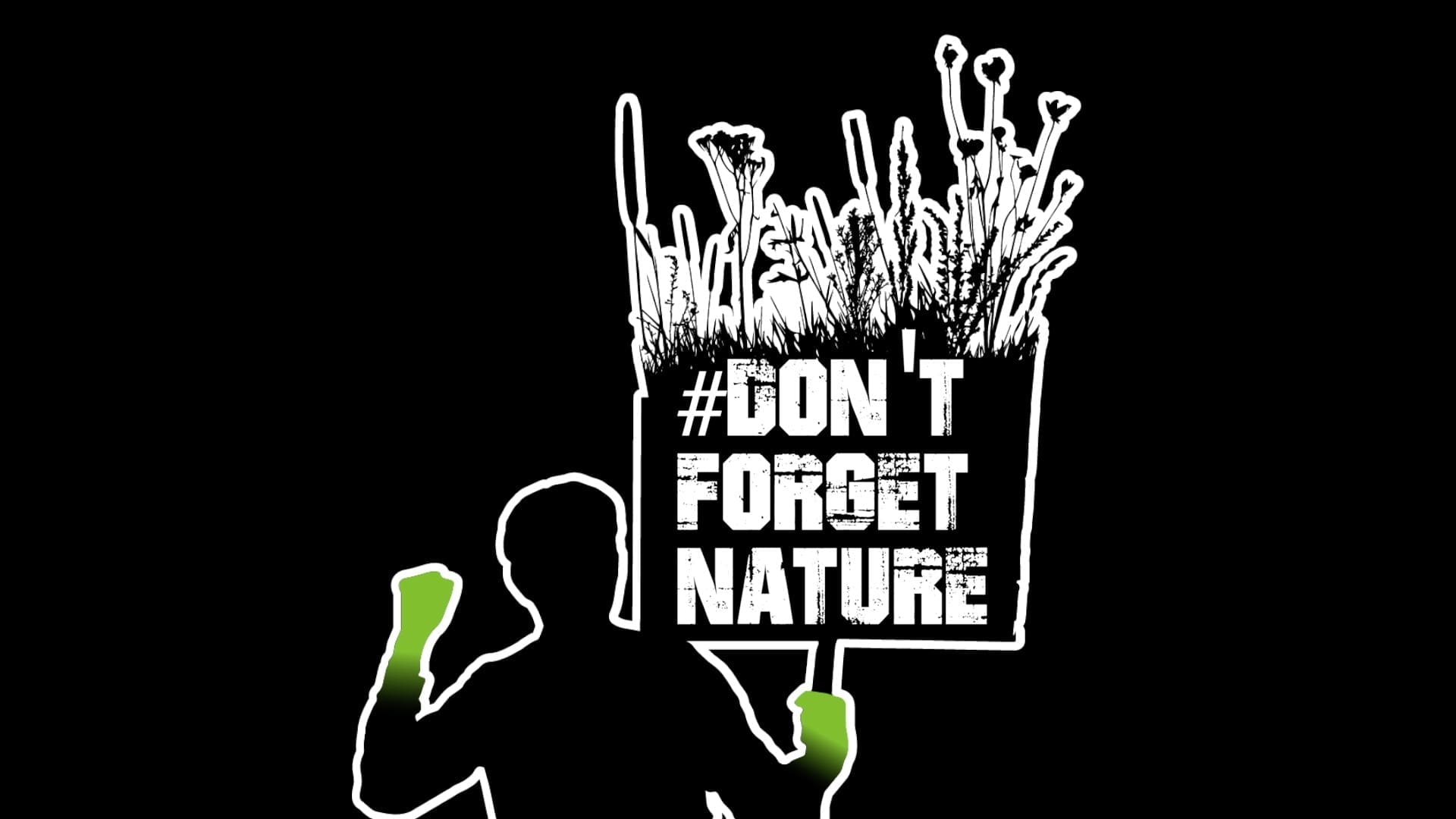
A Review Of John Feldman’s “Regenerating Life”
by Fred Jennings, Ecological Economist for Biodiversity for a Livable Climate Part One: “Water Cools The Planet” Runtime 41:43 John Feldman introduces himself and expresses surprise that this work got him thinking a lot about water. The film proceeds to talk about water in its many diverse aspects: as a powerful greenhouse gas; in its role distributing heat…
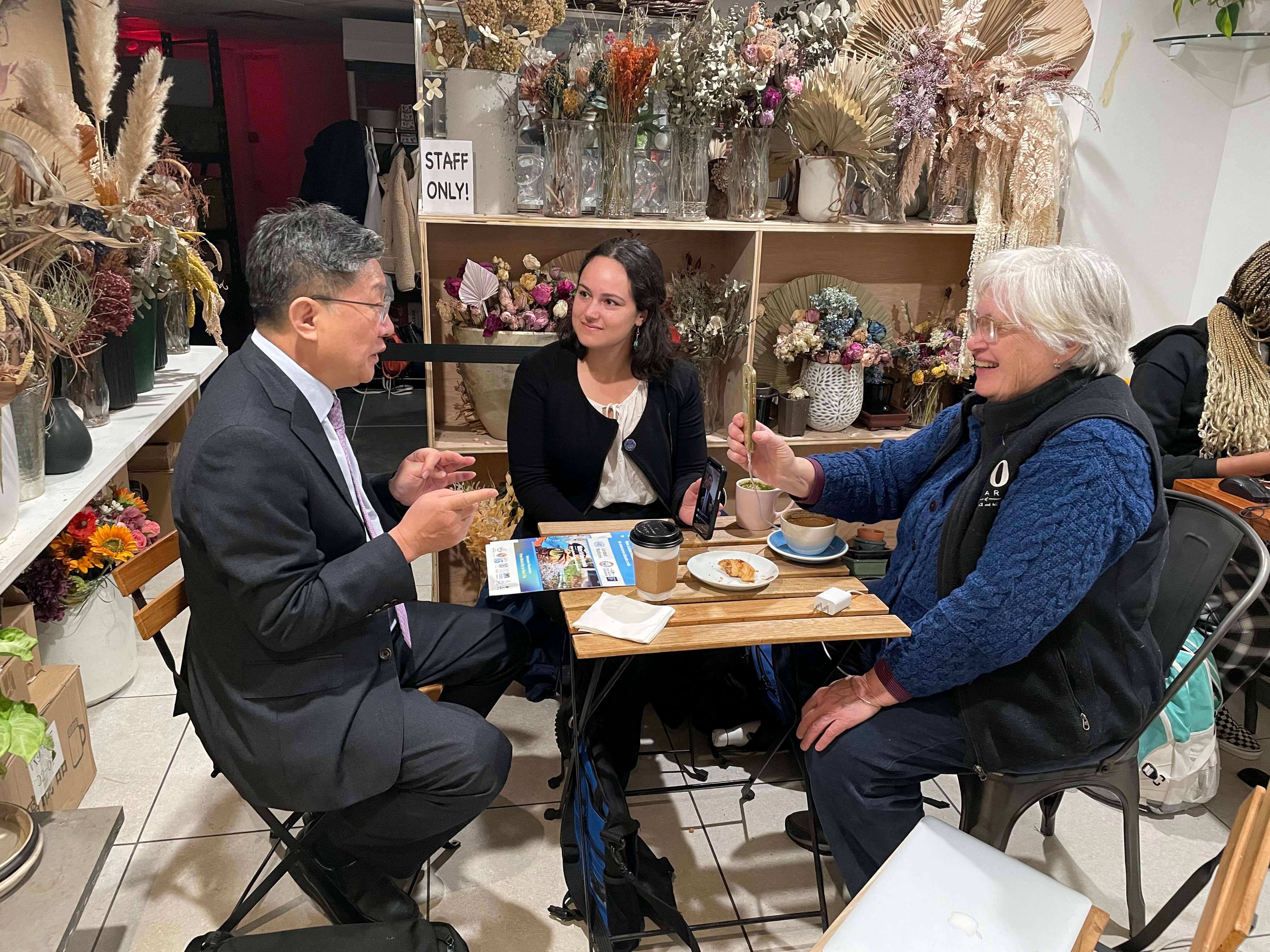
Report from the Conference of the Parties
United Nations, New York CityMarch 23-24, 2023 Biodiversity for a Livable Climate was in New York meeting with attendees of the Conference of Parties (COP) on Water. Board member Sue Butler and Assistant Director of Regenerative Projects Maya Dutta, working with Jon Schull from EcoRestoration Alliance, had meetings with several exciting global Water Advocates. Meeting with Rajendra Singh,…
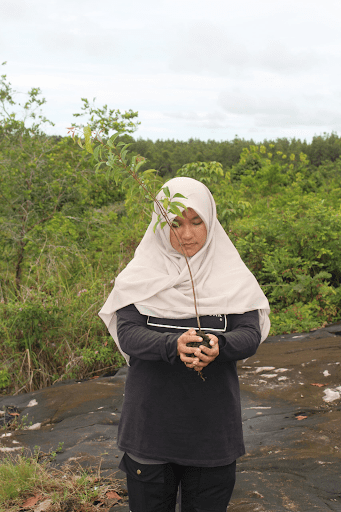
Primates and Peatlands: Restoring Indonesian Ecosystems in the Face of Flooding
Meet Eka Cahyaningrum, restorer of peatlands and advocate for primates. Her work in Indonesia restores wild animal populations and their habitats while uplifting local communities. Her youth-led efforts demonstrate the power of coming together under one goal: to create better living conditions for all living beings, so that we can all thrive. Eka Cahyaningrum, Primate Researcher and 2022…
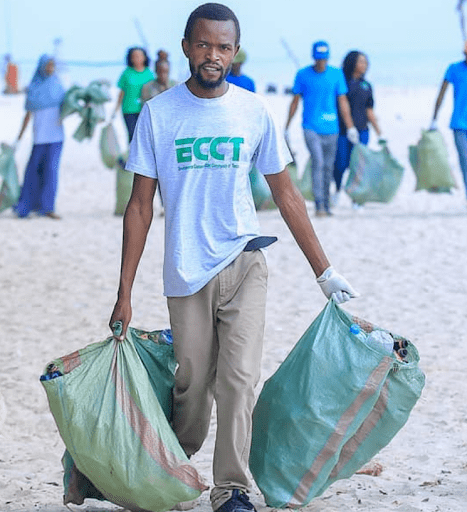
Environmental Activism and the Search for Purpose
By Carlos Mdemu Social Media, Writing, and Online Outreach Intern Since 2011, I have been working in the field of environmental and solid waste management. At the beginning of my journey, I remember visiting one of the famous local markets in Dar es Salaam for a community cleanup. The local market, in terms of waste management and general cleanliness,…
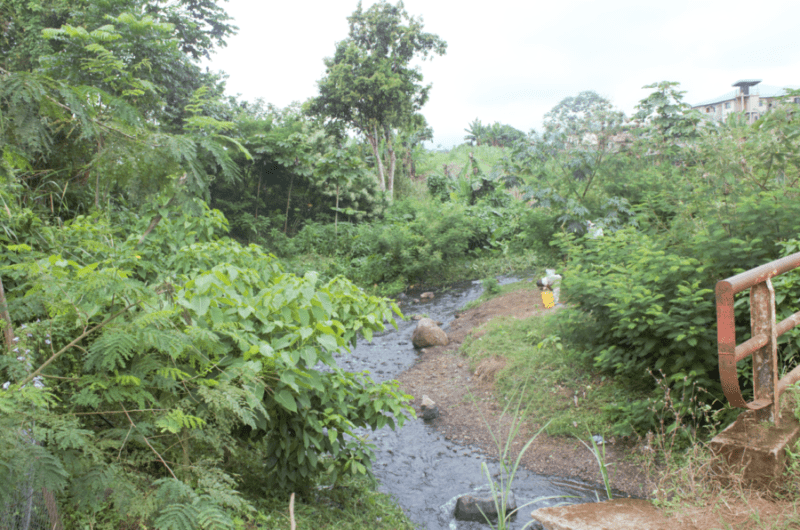
Using the Miyawaki Method to Rapidly Rewild our Communities
Bulu mini-forest in Cameroon after 19 months; Photo: Agborkang Godfred Hannah Lewis, Compendium Editor for Biodiversity for a Liveable Climate and freelance writer The Miyawaki Method The Miyawaki Method is a way to grow natural, mature forests in a couple of decades rather than a couple of centuries. You do this by observing what happens in nature. When…

Our Underrated Climate Ally: The Small Water Cycle
Cabezon Peak after rain, Photo by John Fowler (CC BY 2.0) Although climate change is a global issue, it can and must be addressed locally. Our overall climate is shifting drastically, but local climates are also changing, and they don’t always get the same amount of attention. Local climates change when the environment is drastically altered. This happens…
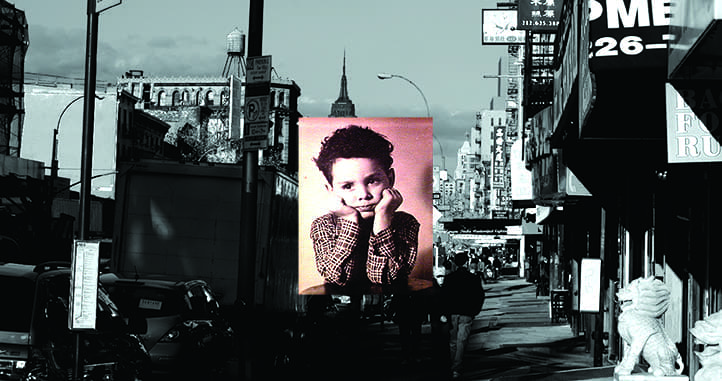
Climate Emotions: The Turbulent Turf of 21st Century Feelings
“Climate Anxiety” has become a widespread theme lately. As Bio4Climate began planning an event along those lines, I thought of my own anxieties about biodiversity loss and global warming, and wondered how to transform climate distress into a rich, meaningful and adaptive state of mind. I’m finding that it helps when I embrace rather than avoid the emotions that flow through me in this time of growing personal, social and ecological turbulence…

Kachana Station: A Home for Donkey-Led Restoration
In northwestern Australia, far from roads or major cities, a herd of wild donkeys carries a valuable promise. This remote region is the Kimberley, home to Kachana Station, a family-owned holistically managed landscape. The Henggelers have overseen Kachana Station for decades, and their management techniques have brought benefits for the soil, wildlife, and local climate. The Kimberley is…

Miyawaki Forests and the Meaning of Regeneration
As many people know through firsthand experience, we planted the Northeast’s first Miyawaki Forest last weekend. After several months of planning, discussion, and organization, we gathered in Danehy Park in North Cambridge to create the forest. This was the part I participated in, but like so much of our work at Biodiversity for a Livable Climate, the roots…

Climate Justice: For People and Planet
Climate change is already here. Severe weather-related events such as more frequent hurricanes, intense droughts, longer wildfire seasons, and devastating floods are evidence of this statement. However, not all people are experiencing the consequences of the climate crisis equally. All too often, BIPOC (Black, Indigenous, and People of Color) are on the frontlines. Due to systemic injustices, these communities…

Lessons from a Monarch Butterfly
What can we learn from the monarch butterfly? A few months ago, as the new year rolled in, I reflected on the way we humans use holidays and calendars to mark time’s passage, and how this might look to other creatures whose life span and sense of time is very different. For example, most monarch butterflies live only…

A Montage of Words and Images
“Ecological processes are not only more complex than we think. They are more complex than we can ever think.” – Michael Crowfoot, Soil Scientist “On one of my early projects…a scientist friend asked me, how did I know what I was doing, and where did I get the knowledge to understand the system with which I was working?…
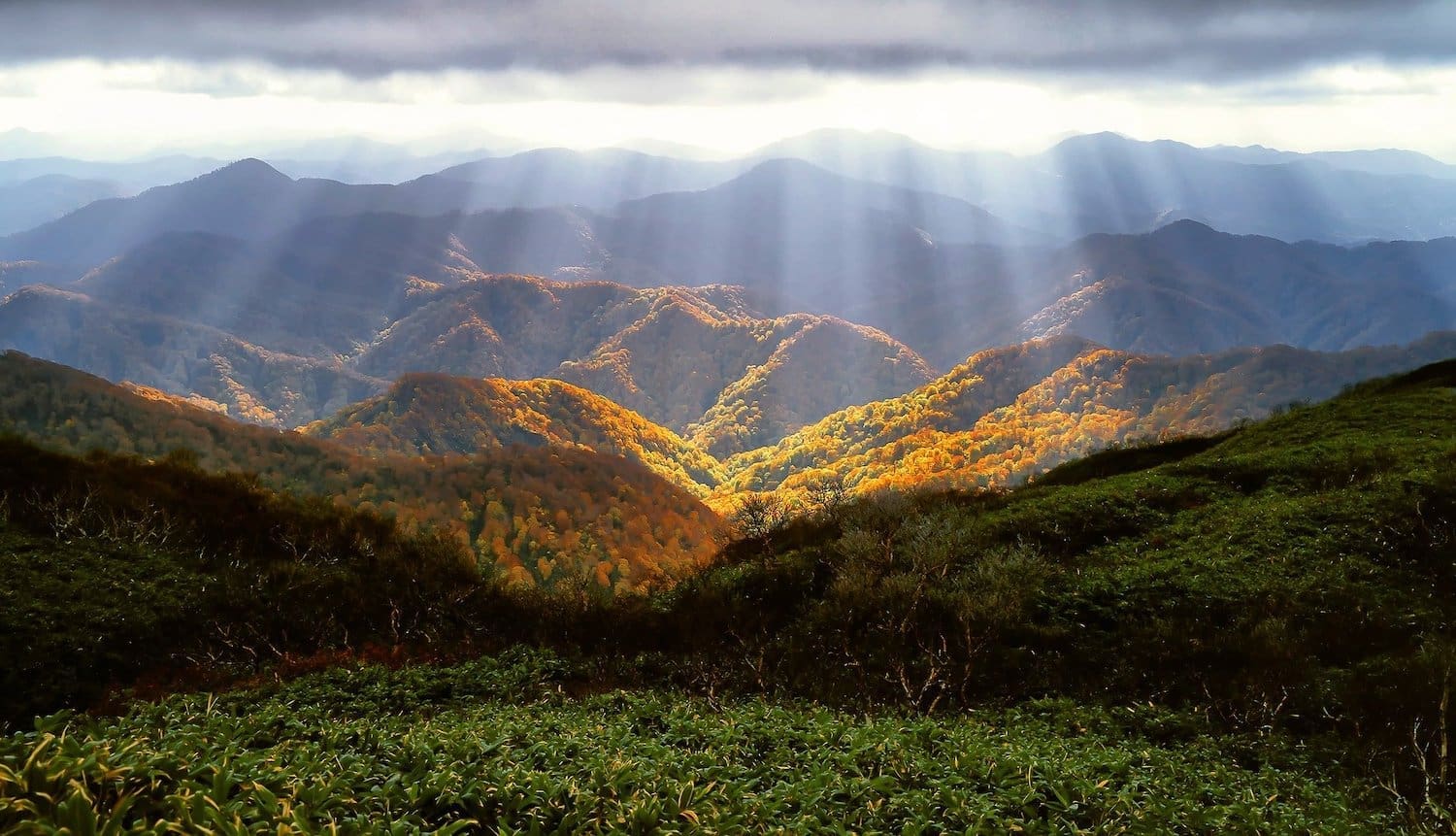
Climate Is About Far More Than Carbon Dioxide
“We have to do everything we know how to do to address climate change.”
– Sir Nicholas Stern
But what is “everything we know how to do”? What does “everything” mean? Who are “we”?
Until very recently “everything” meant reducing emissions and pulling excess carbon out of the atmosphere. That has slowly begun to change, but our cherished , tenacious, fallacious assumption has been that global warming revolves around one isolated variable: carbon.

Imagine Earth Day in Ten Years
How do you experience your connection to the planet? For me, my sense of intimacy with other life comes from my senses – feeling the sun on my skin, smelling the magnolias blooming in the air, watching day by day and week by week as buds sprout, unfurl, and flower to invite bees and ants inside. Along with other…

Reflections on Activism
At Biodiversity for a Livable Climate, we believe that everyone has a place in the fight for a livable climate and flourishing future. We were called to this work from different places and for different reasons, but we’re united in our commitment to be stewards of nature, and to work with nature and each other to heal the…

Barn Swallows and the Tyranny of Small Decisions
Barn Swallows, birds who eat insects as they scurry across the sky, are disappearing. This isn’t surprising, I suppose, given that they are among the 2.9 billion birds lost across species in the United States – representing one third of the bird numbers we had 50 years ago. What did surprise me is how we got here, according to an intriguing explanation from a leading economist, Alfred E. Kahn.
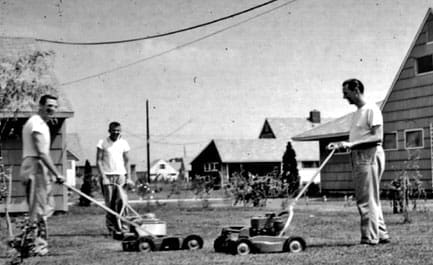
Urban Soil Restoration to Help Communities Manage Stormwater
Jan Lambert’s take: This article by Charles Hegberg, talks about the importance of soil restoration in urban settings for optimal stormwater infiltration. He writes: “We have hundreds of years of experience in making ‘Dirt’ – It’s time we start re-making ‘Soils’ on a landscape level, quickly.“ “It’s no secret: Americans take their lawns seriously – kind of a…
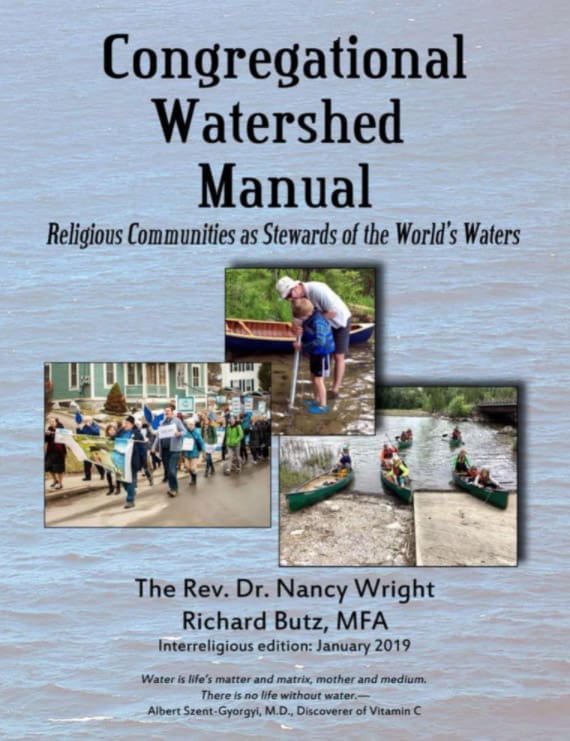
Congregational Watershed Manual
From Jan Lambert, Voices of Water for Climate Program Director: I have come to know authors Nancy Wright and Richard Butz from Ascension Lutheran Church in Burlington, Vermont as two delightful and well-informed people with a wonderful message to share of how people of faith can act for good for clean water, and for a compelling project to…
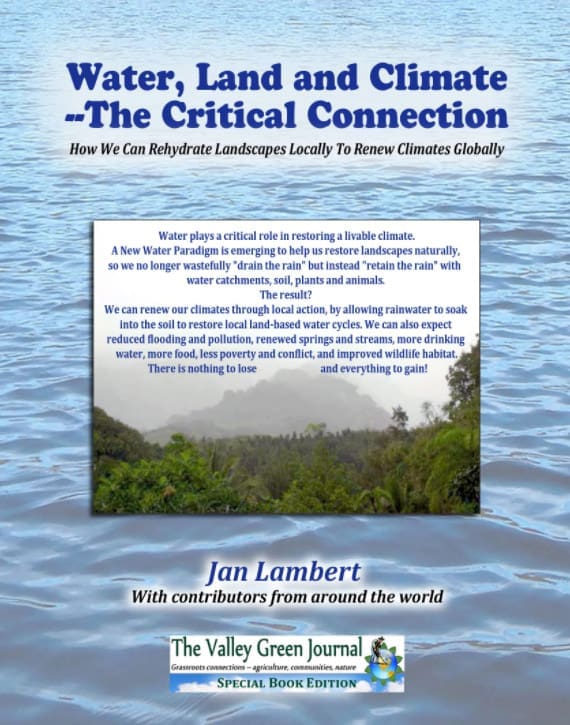
Water, Land, and Climate –The Critical Connection
Water plays a critical role in restoring a livable climate.
A New Water Paradigm is emerging to help us restore landscapes naturally,
so we no longer wastefully “drain the rain” but instead “retain the rain” with
water catchments, soil, plants and animals.
The result?
We can renew our climates through local action, by allowing rainwater to soak
into the soil to restore local land-based water cycles. We can also expect
reduced flooding and pollution, renewed springs and streams, more drinking
water, more food, less poverty and conflict, and improved wildlife habitat.
There is nothing to lose and everything to gain!
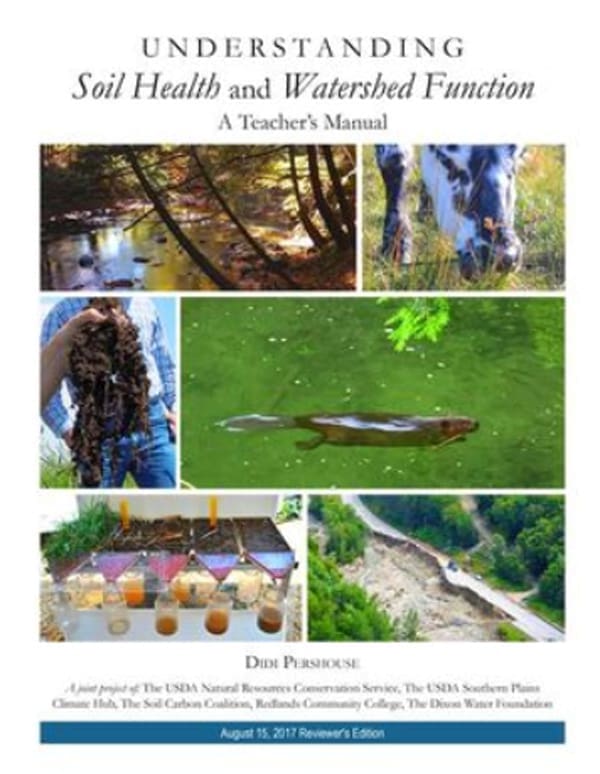
Working with Nature to Cool Climates through Plants, Soil, and Water
Jan’s Quick-Take: Didi is a world class educator and a real Vermonter who knows her stuff, and how to teach it to anyone who cares about soil and water. She is the great source for all aspects of the famed “soil carbon sponge.” We at Voices of Water for Climate consider her to be a kindred spirit and…

The New Water Paradigm Is Important For the Future of Humanity and the Earth
Jan Lambert’s Quick-Take: A brief letter written for the Valley Green Journal by Michal Kravčík . For much more information, see Water for the Recovery of the Climate-A New Water Paradigm. [FIX LINK] Abstract: In the Valley Green Journal November 2014 issue I introduced readers to Michal Kravčík, a scientist who is an expert in hydrology, from the…
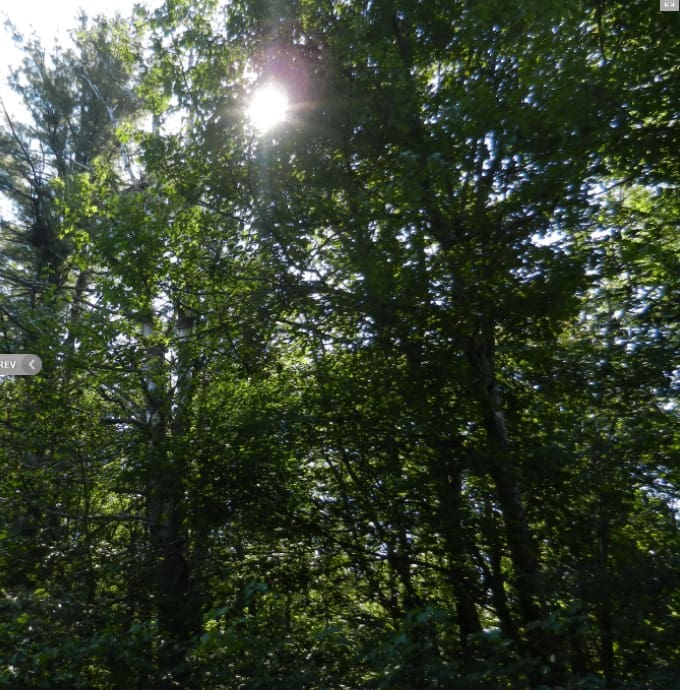
Evapotranspiration – A Driving Force in Landscape Sustainability
Jan Lambert’s Quick-Take: This is must reading if you really want to understand the dynamics of climate. No, this is not another piece on fossil fuel emissions! Jan Pokorny and his colleagues are leaders in presenting to all of us the vital interactions of water vapor, plants, and solar energy in creating and maintaining a livable climate. Abstract:…
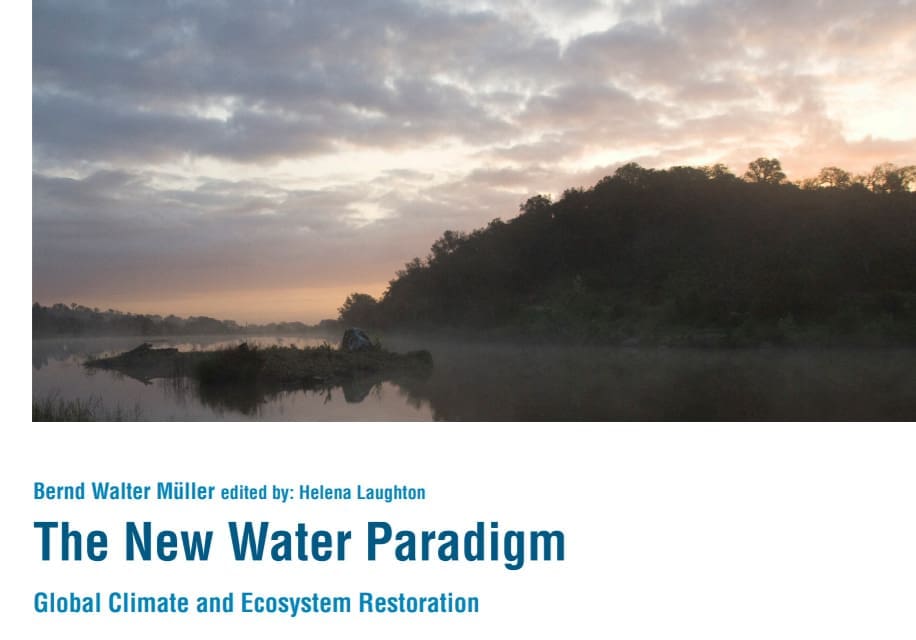
The New Water Paradigm: Global Climate and Ecosystem Restoration
Bernd Walter Müller edited by: Helena Laughton Jan Lambert’s Quick Take: Very understandable reading about the importance of the New Water Paradigm. Abstract: Most global water-related crises, such as water scarcity, drought, desertification, flooding, rising sea levels and climate change, are symptoms of long-term mismanagement of rainwater and vegetation. This results in global disruptions to Natural Water Cycles.…
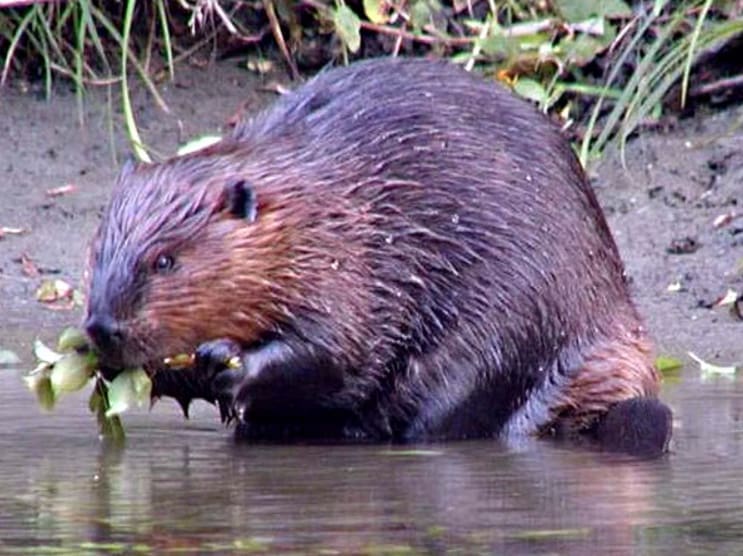
Beavers As Partners – Focus of the Valley Green Journal
FIX LINK AT BOTTOM Jan Lambert’s Quick Take: ‘Beavers As Partners’ is a community service focus of The Valley Green Journal in helping communities find non-lethal solutions to human-beaver conflicts, especially with the use of beaver deceiver flow devices to prevent flooding. Abstract: Beavers As Partners is a campaign to raise awareness of the critical role that beavers…

Help Save Beavers!
Jan Lambert’s Quick Take: If you love beavers you need to meet Sharon Brown, a beaver advocate who raises orphaned beaver kits as their “mother” and even takes her babies for swimming lessons! Abstract: Beavers: Wetlands & Wildlife (BWW) is an educational nonprofit that has been helping people enjoy the great benefits of coexistence with this keystone species…
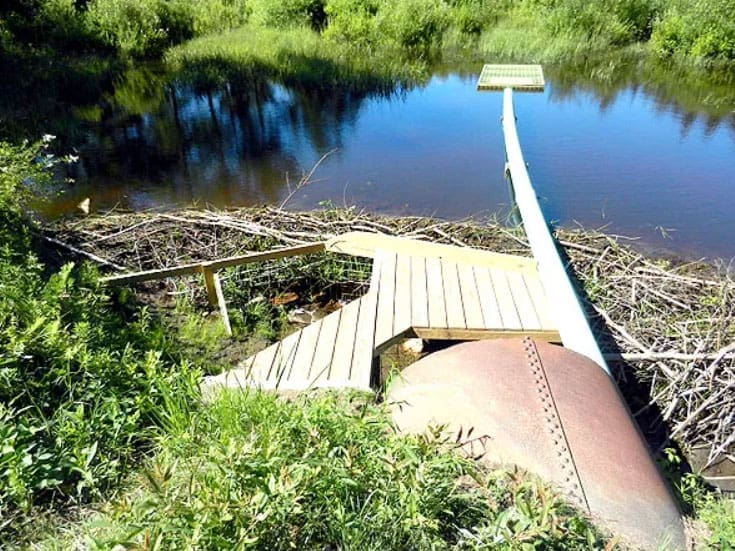
State-of-the-Art Beaver Deceiver™ in Marlboro VT
FIX LINK Jan Lambert’s Quick Take: Beavers are nature’s water engineers; they create and preserve wetlands vital to ecosystems. When beavers and human activities conflict with each other, there can be a win-win solution for both the beavers and the humans! Be sure to check out Skip’s website! Abstract: A win-win solution to human-beaver conflict is installed in…
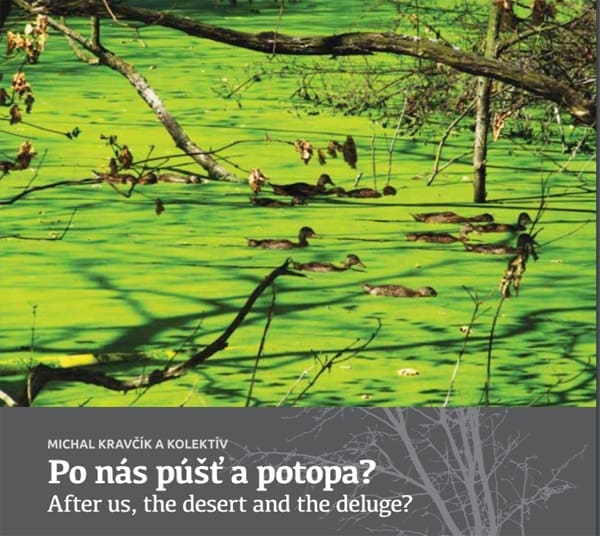
After Us, the Desert and the Deluge?
Jan’s Quick Take: This is a large and lavishly illustrated volume detailing the Slovakian “Landscape Revitalisation and Integrated River Basin Management Programme.” The book is presented in Slovakian and English languages (in side-by-side panels). This work is a unique reflection and photo-documentary, of sorts, of the insights and results from the Slovakian Program, while simultaneously delving into the…
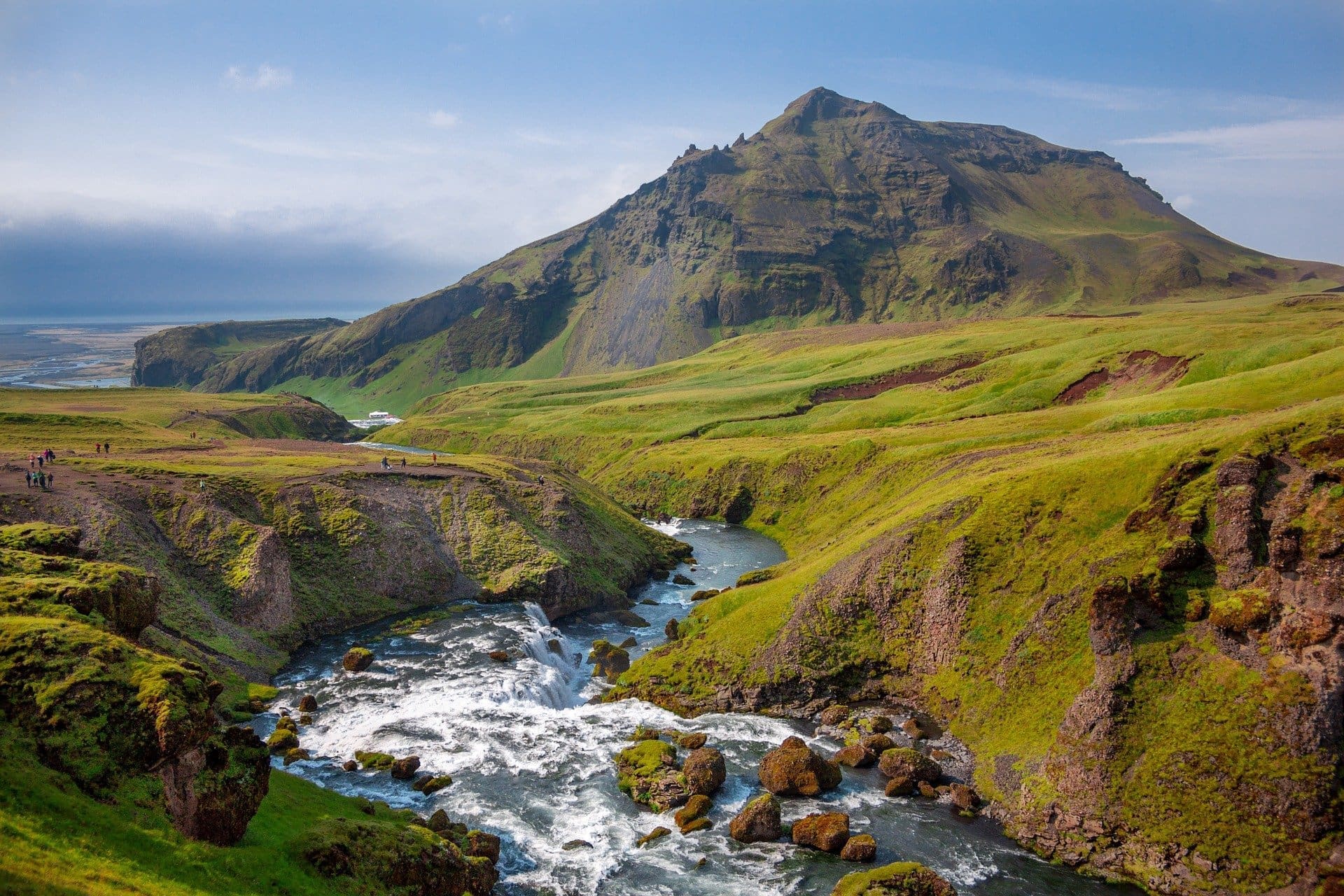
A Global Action Plan for the Restoration of Natural Water Cycles and Climate
Ing. Michal Kravčík,CSc. / Jan Lambert https://bio4climate.org/downloads/Kravcik_Global_Action_Plan.pdf Jan’s Quick-Take: This is a document intended to guide people from individuals to the national level, on addressing climate change through the restoration of short, or small water cycles, thus increasing the production potential and biodiversity of all continents through the introduction of various measures of rainwater retention. Excerpt from: 1.…

Water for the Recovery of the Climate: A New Water Paradigm
Ing. Michal Kravčík,CSc. / RNDr. Jan Pokorný, CSc. / Ing. Juraj Kohutiar/ Ing. Martin Kovác / RNDr. Eugen Tóth Download the english version of this book from our website Visit the authors website for all versions of the book and related documents Jan Lambert’s Quick-Take: The New Water Paradigm presents a very useful way to view drought and…
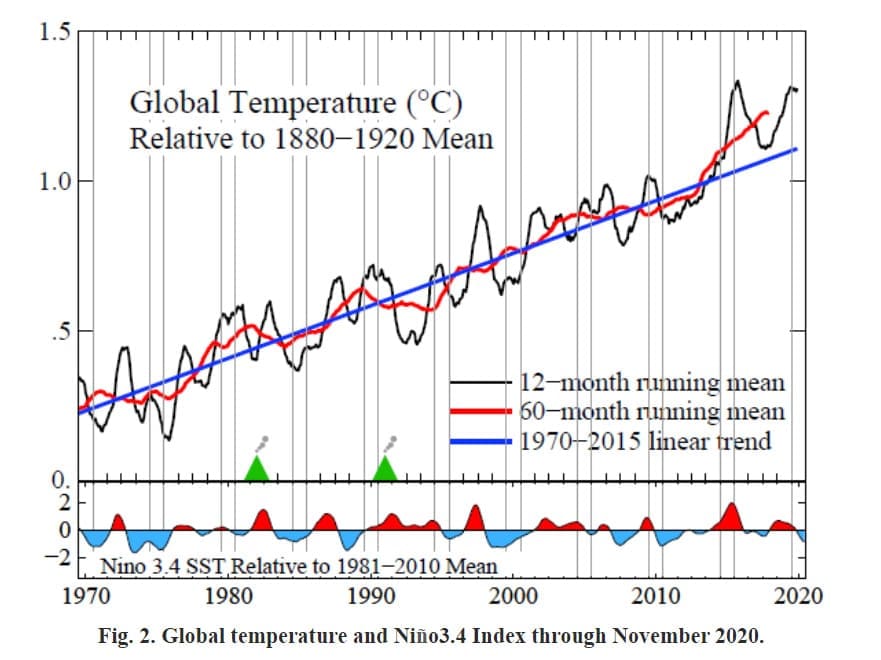
Real Climate Reality
Based on widely accepted scientific measurements, global emissions reduction efforts, while essential, have not succeeded in reducing levels of atmospheric greenhouse gases. The annual rate of carbon released into the atmosphere is accelerating (for many reasons which need not be discussed here). Reducing emissions and building out alternative energy are necessary but insufficient to address global warming and,…

Geo-Engineering – An Idea Whose Time Ought Never Come
Human technology is, along with the population growth made possible by technology, the foundation of the anthropocene era. Technology’s ultimate end is to expand carrying capacity so that we can accommodate a growing population, and bears many unintended consequences of which global warming is one of the most serious.
The technologies in question over the past few hundred thousand years include the intentional use of fire, development of hand tools, agriculture, wheels, shipbuilding, architecture, culminating in the industrial era and widespread use of fossil fuels.
There is a long list of unintended technological consequences and progress traps that have effectively put an end to every large-scale complex society in human history.

Reducing Greenhouse Gas Emissions Won’t End Global Warming
Solar panels on rooftops. Hybrid and electric vehicles. Meatless Mondays. What do all of these indicators of societal progress have in common? They are just some examples among the many widely attainable, lifestyle modifiers for reducing energy consumption in our fossil fuel-addicted world. But while replacing SUVs with hybrid cars and changing lifestyle habits to reduce individual carbon…

A Call for Sanity
In September, members of the United Nations will convene a round of climate change negotiations. It’s not hard to guess what is on the table: greenhouse gas emissions reductions. Yet after almost three decades of effort, during which atmospheric carbon concentrations have only gone up, another meeting focused primarily if not exclusively on emissions reductions appears to hold little promise for…
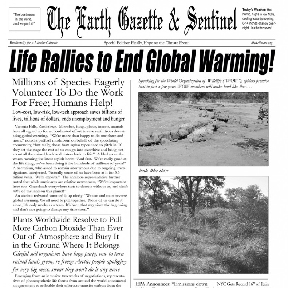
Good news!
This enlightening (and humorous) front page is destined to be a collector’s treasure!
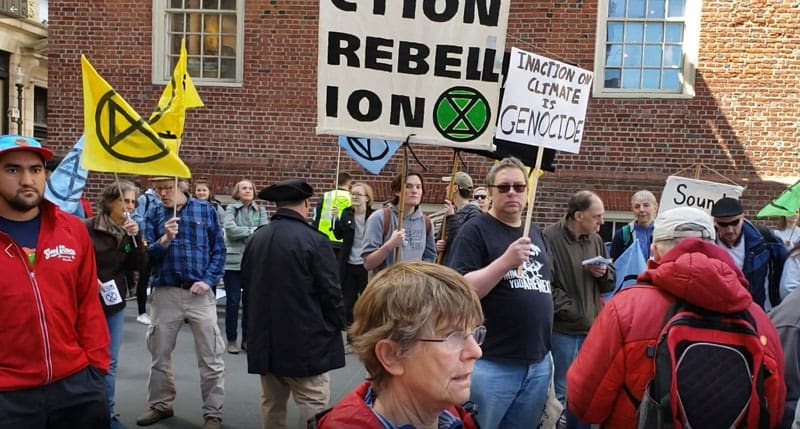
Changing the Climate Conversation
“Everything is connected to everything else.” – Barry Commoner, The Closing Circle Like most climate activists, for a long time I thought that greenhouse gas (GHG) emissions were THE driving force behind climate change. It followed that reducing emissions was our overriding goal. A steady stream of messages from both the climate movement and the mainstream media are constantly…

Cool It! Water and the Climate Crisis
With a record drought in California, floods in the UK and snow paralyzing areas of the South that have hardly met a plow, people are starting to make the connection between climate change and water. But generally the cause-and-effect link only goes one way, noting how climate change will affect water by putting stress on global water sources…

Carbon Farming: Paying for Results, Not for Data (Soils Are Far Too Important for a Commodities Market!)
At Biodiversity for a Livable Climate, removing carbon from the atmosphere by regenerating ecosystems and restoring biodiversity is our non-profit mission. Supporting farmers, herders and ranchers around the world to work in ways that both sequester carbon in soils and provide major benefits in productivity is a key means to that end. Unfortunately, the resources that carbon farmers…

Why everyone – vegetarians and vegans included – should be passionate about Holistic Planned Grazing
Happy New Year! Over the holiday season, I had the luxury of sharing many meals with family and friends, including latkes and apple sauce; Tofurkey and yams; and locally caught shrimp and farm-raised oysters. In discussing my work, I was asked several times, “But how can you not eat meat and be so passionate about Holistic Planned Grazing?” Easily. Holistic…
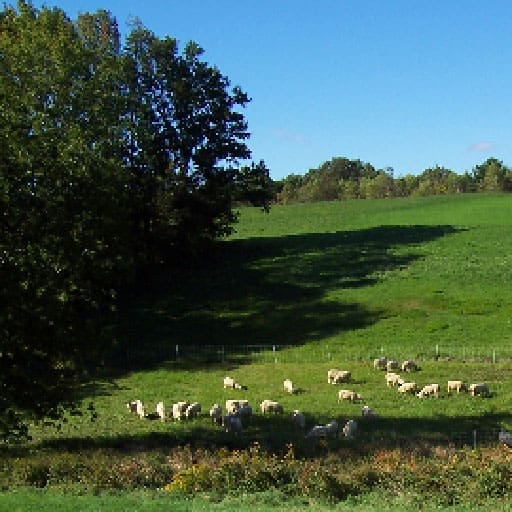
Without vast tracts of grasslands, what can we do in New England?
To pull carbon out of the atmosphere and sequester it in soils, we need to restore biodiversity: that’s the foundation of the whole show. One of the most important visible elements from the perspective of ecosystems is to cover bare ground. Bare ground doesn’t absorb water, it breaks the water cycle, it interferes with the moderating effects of…
